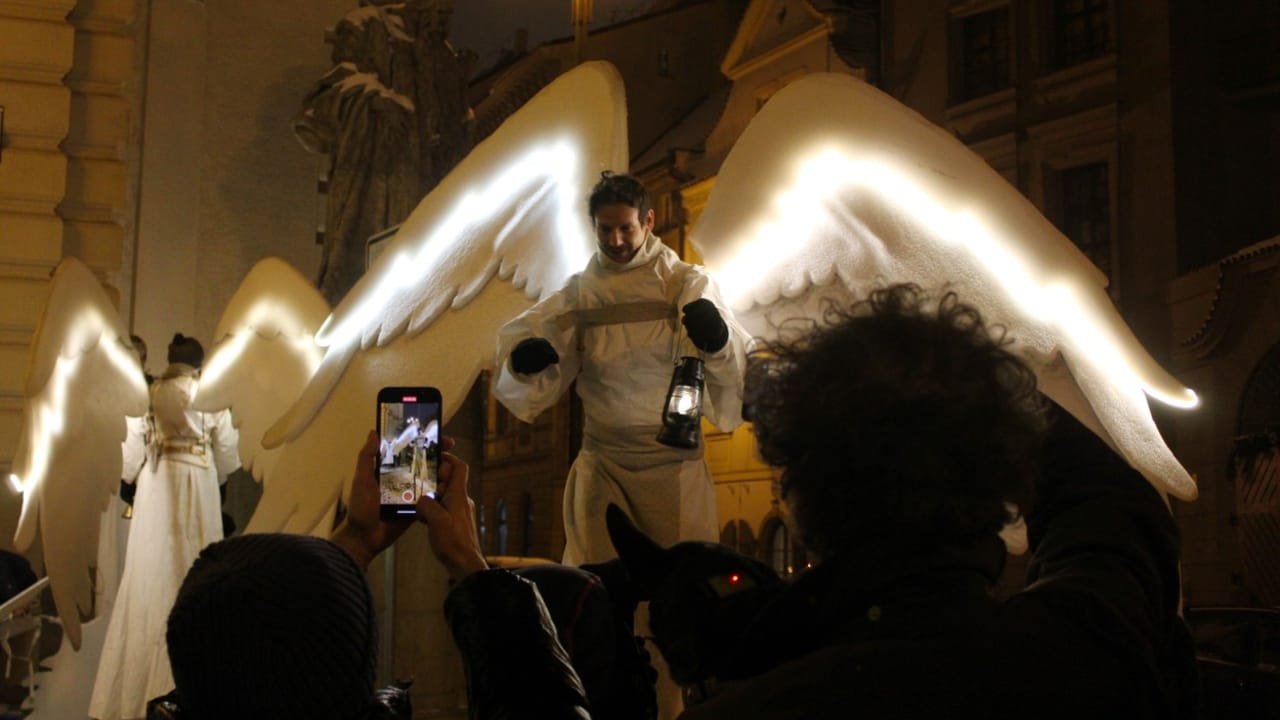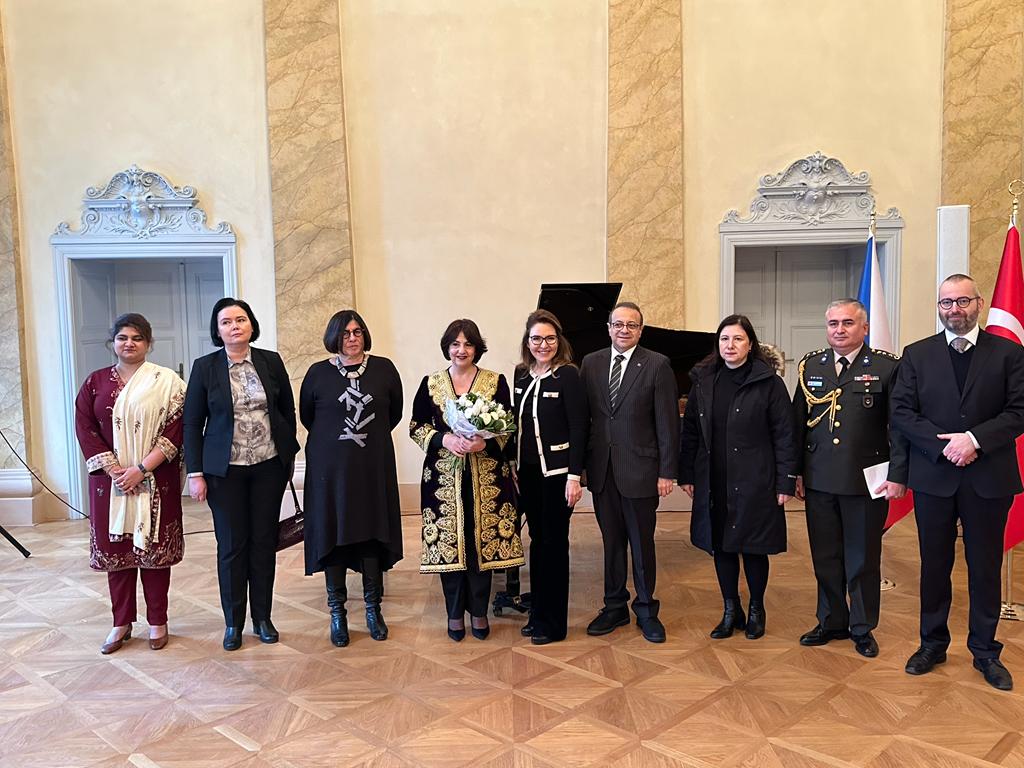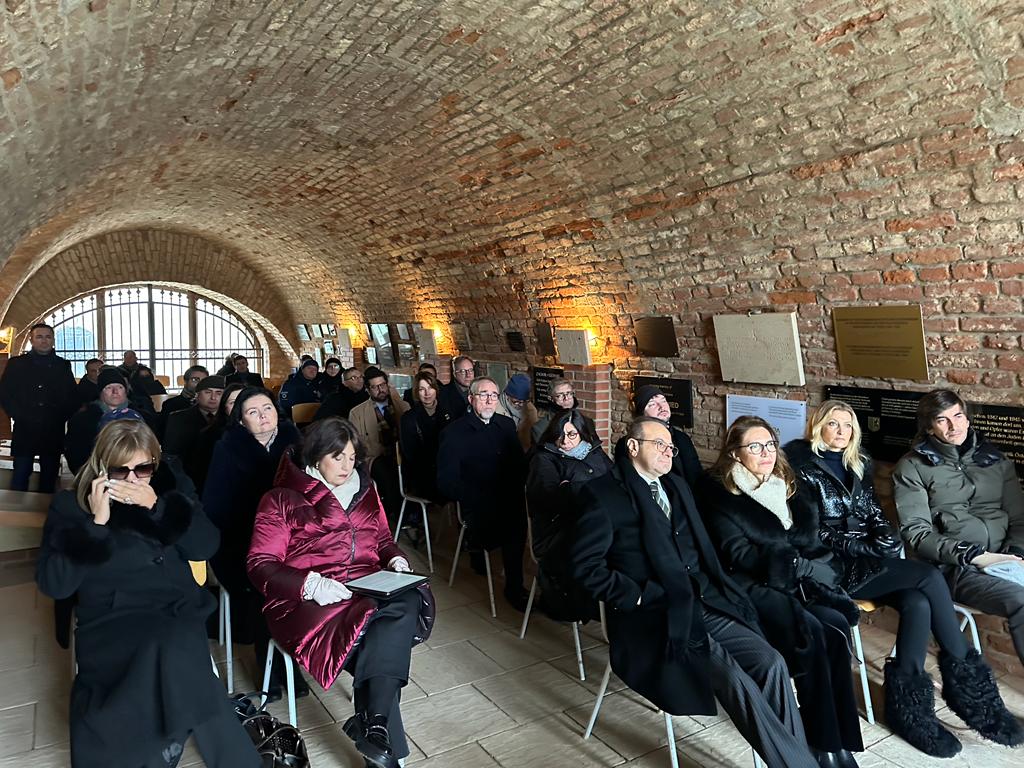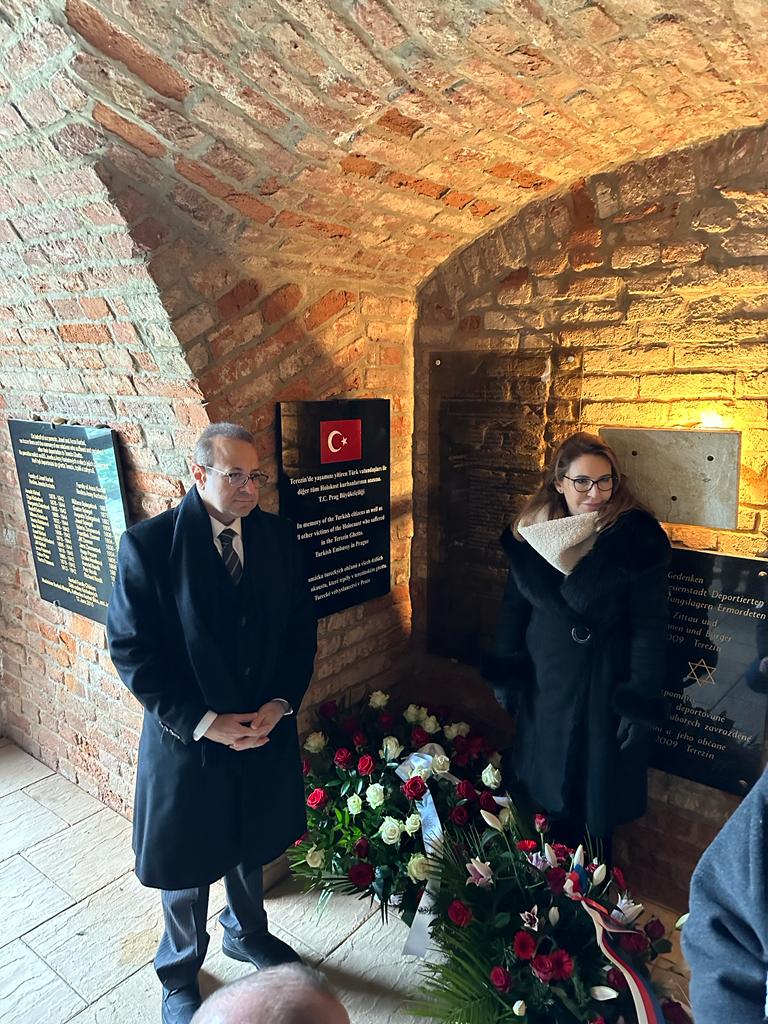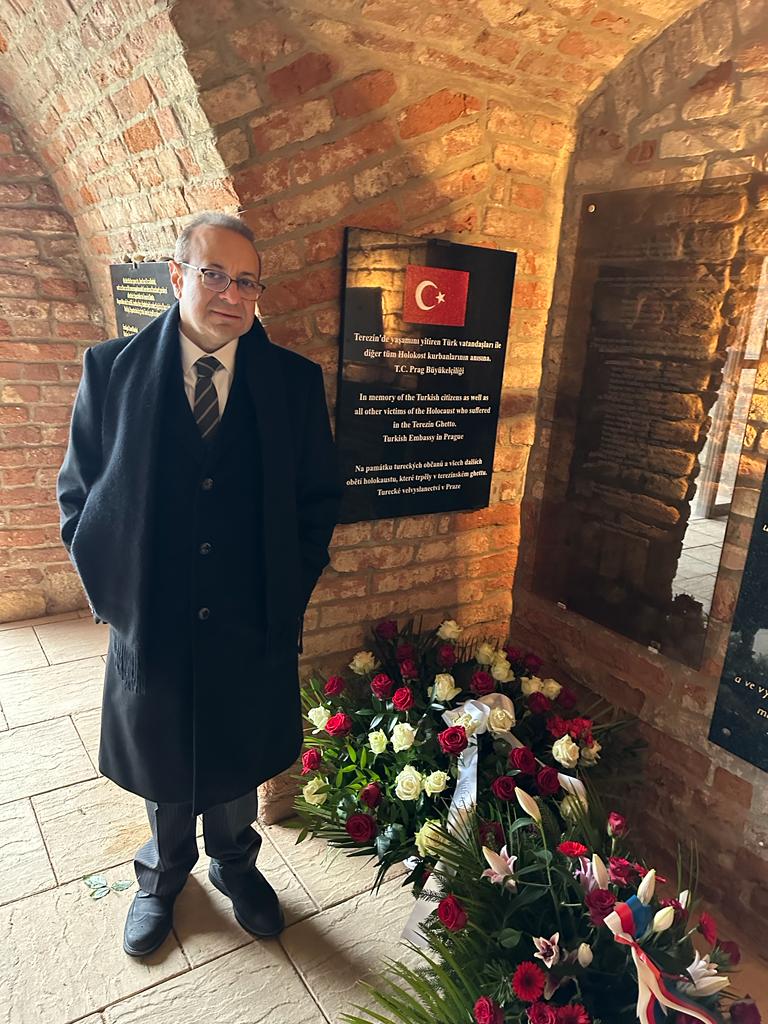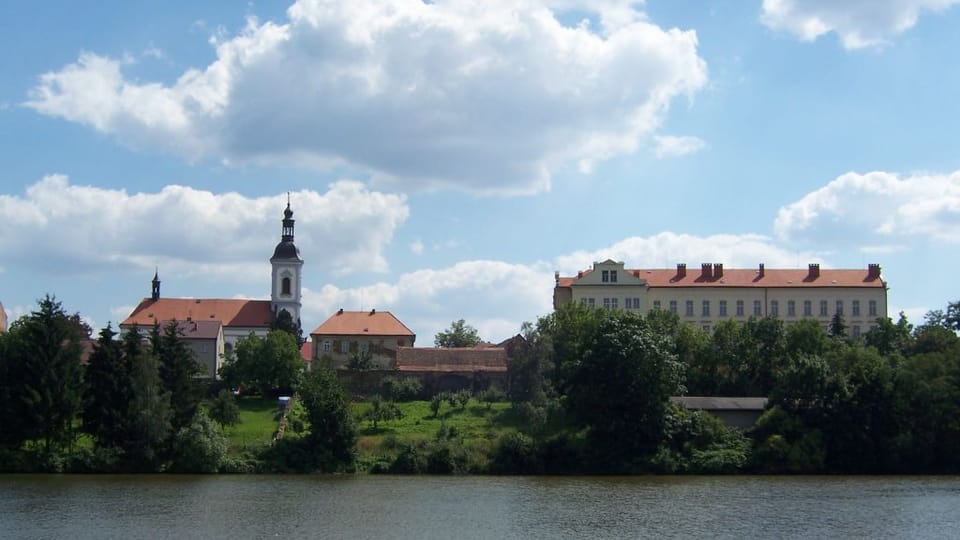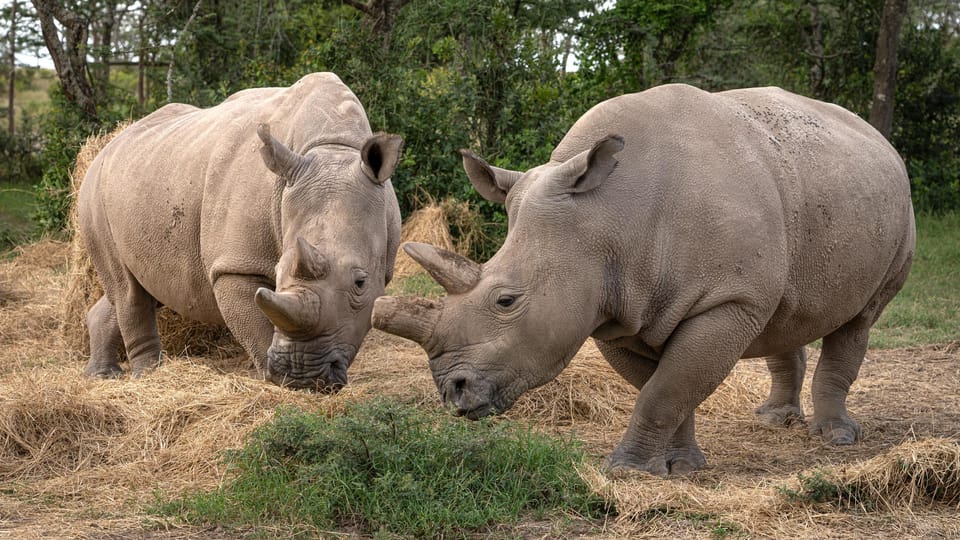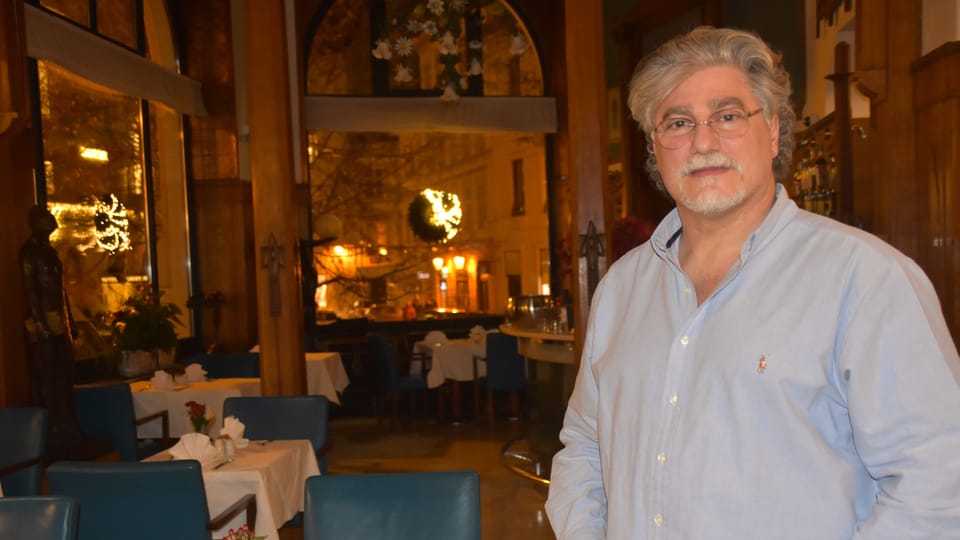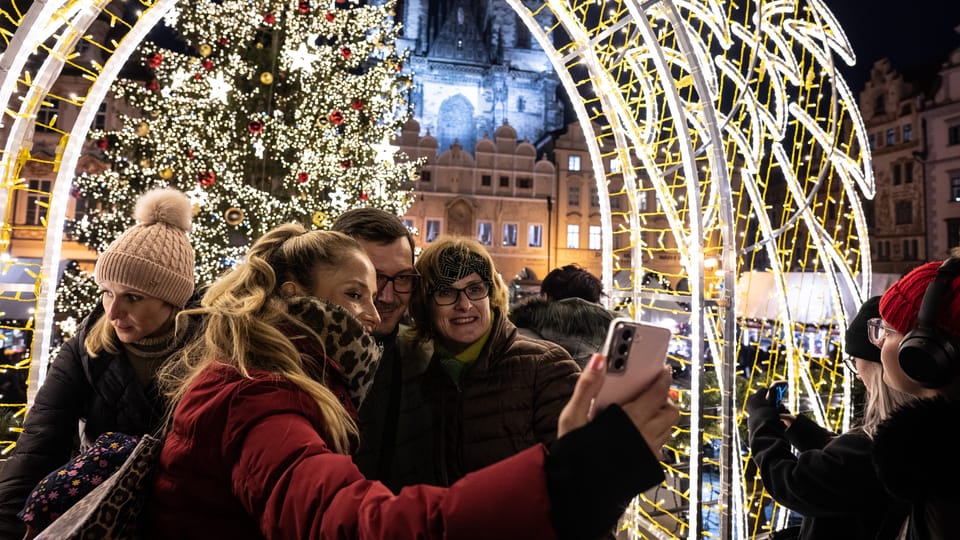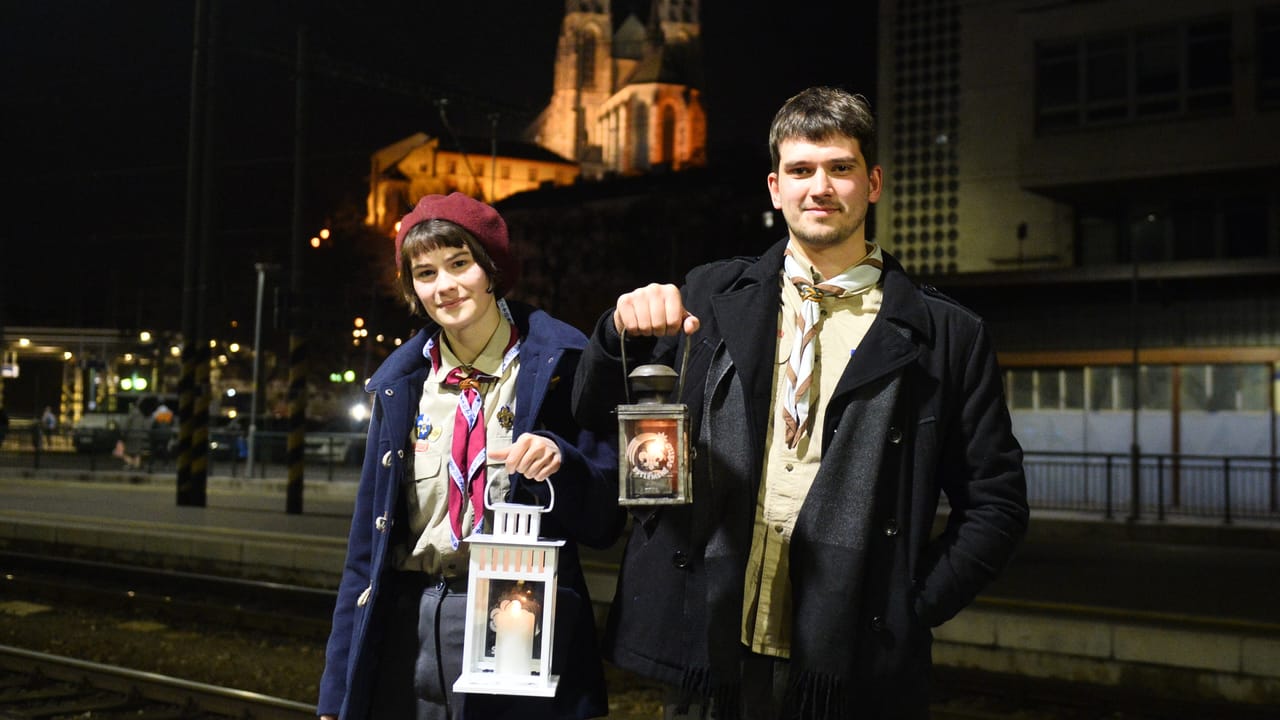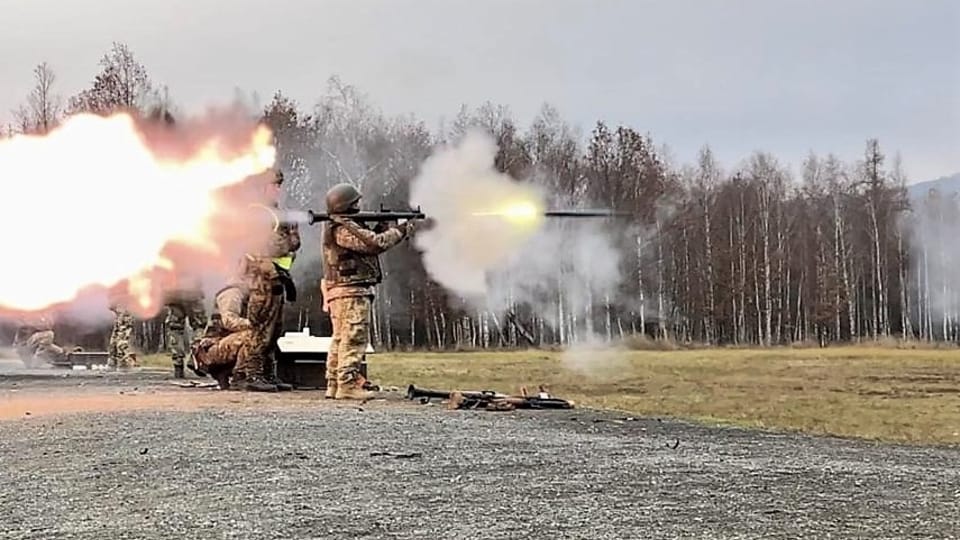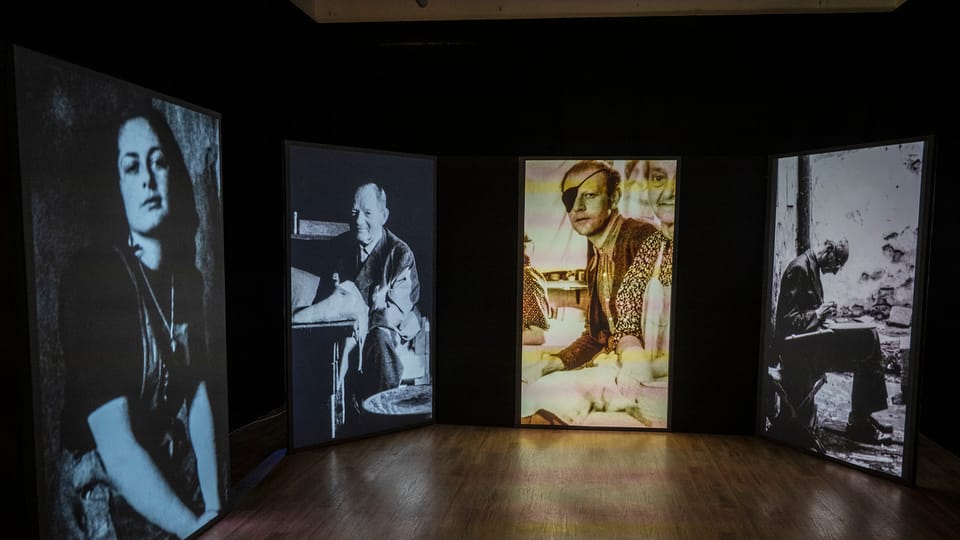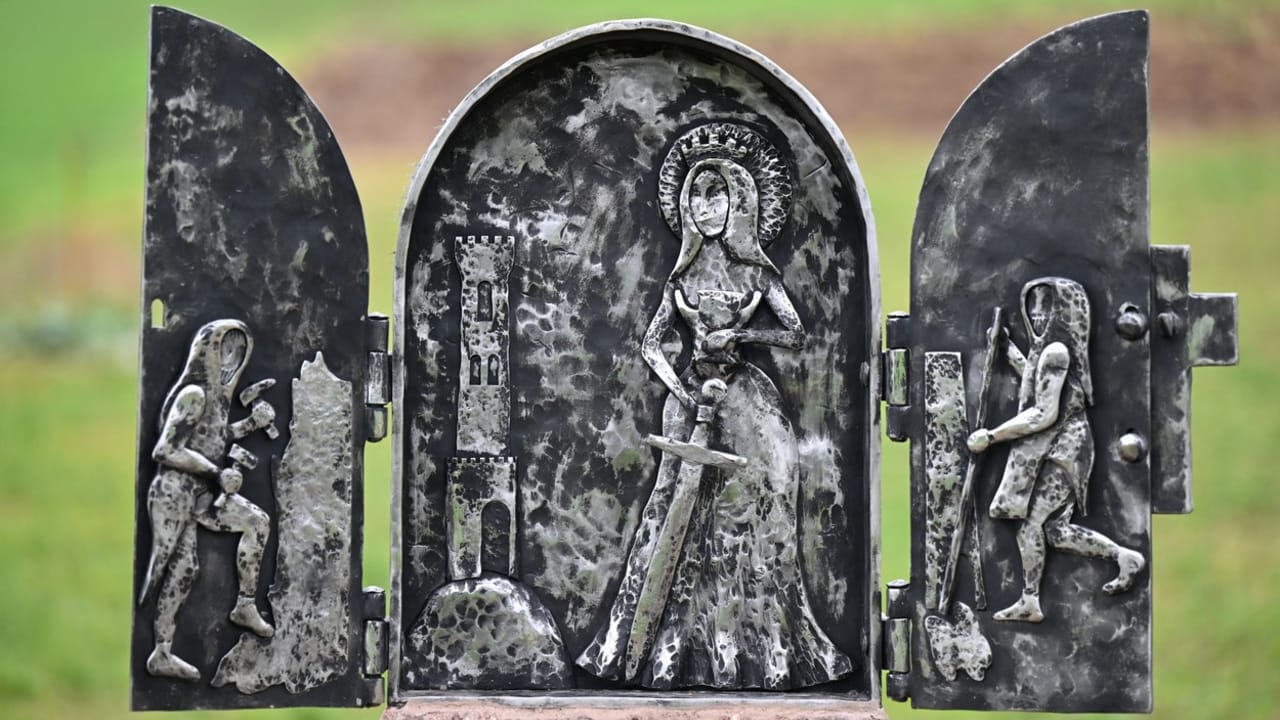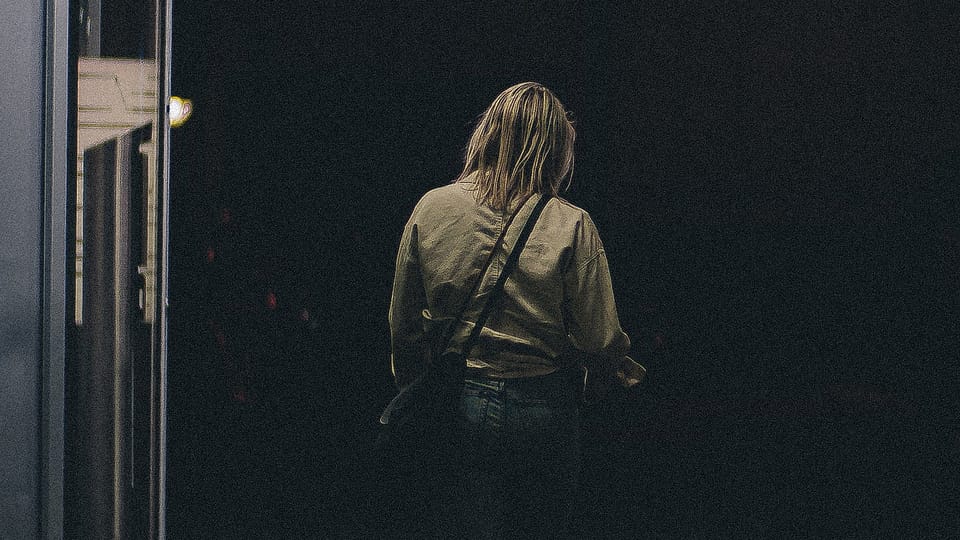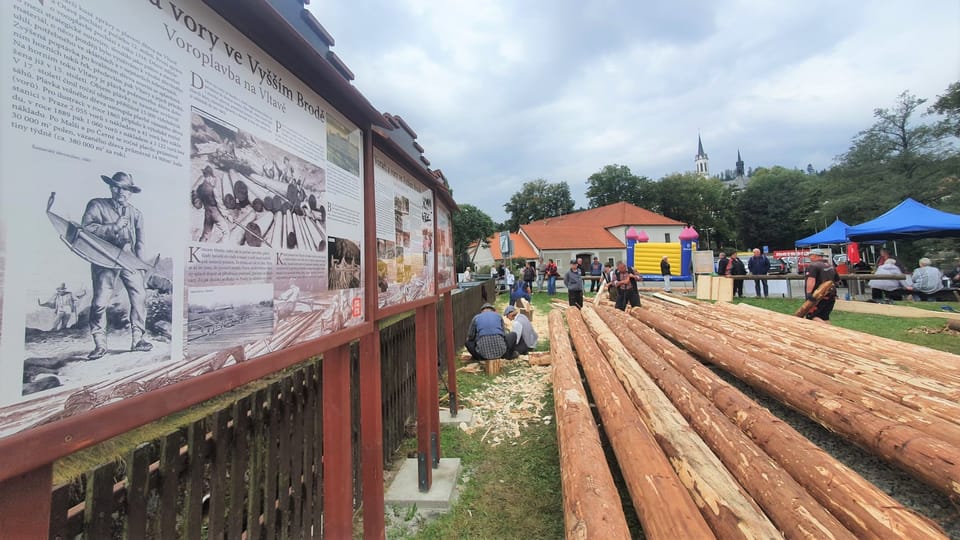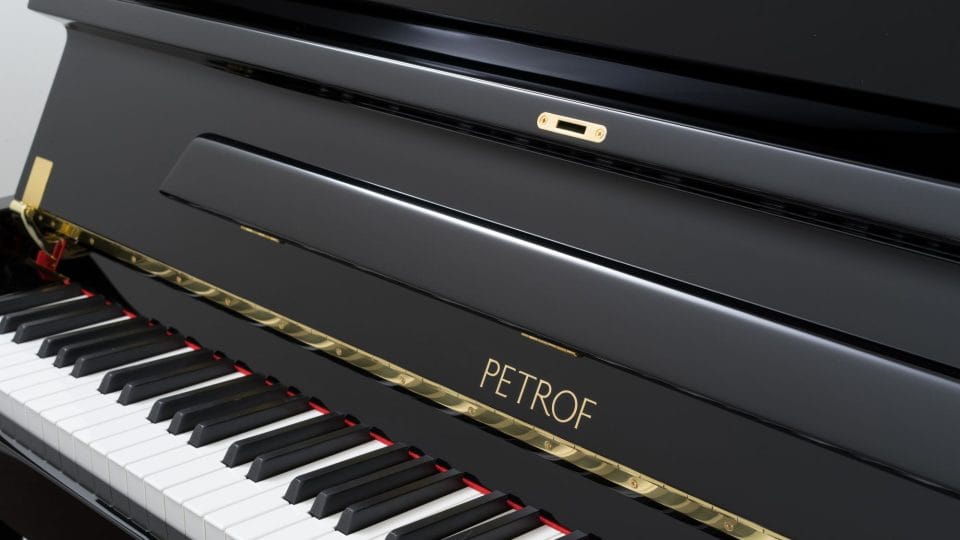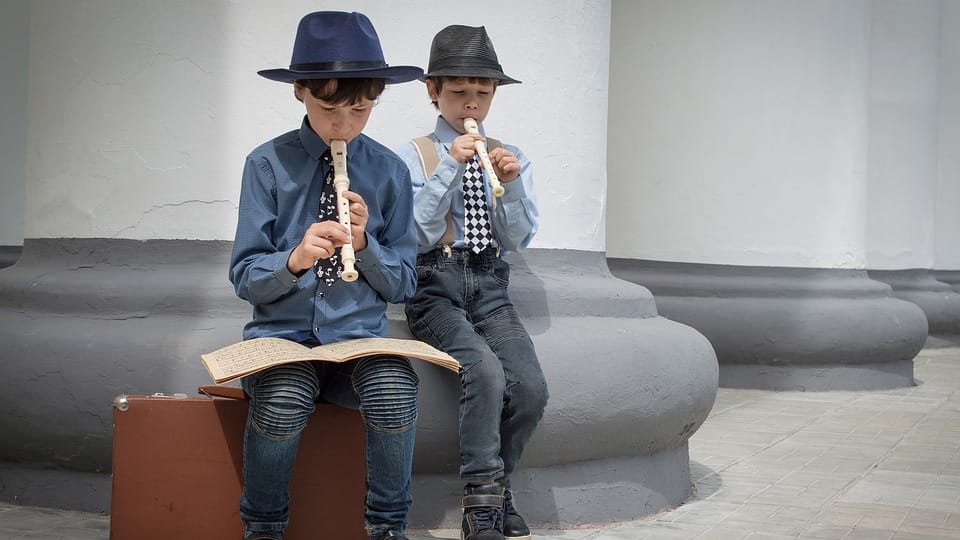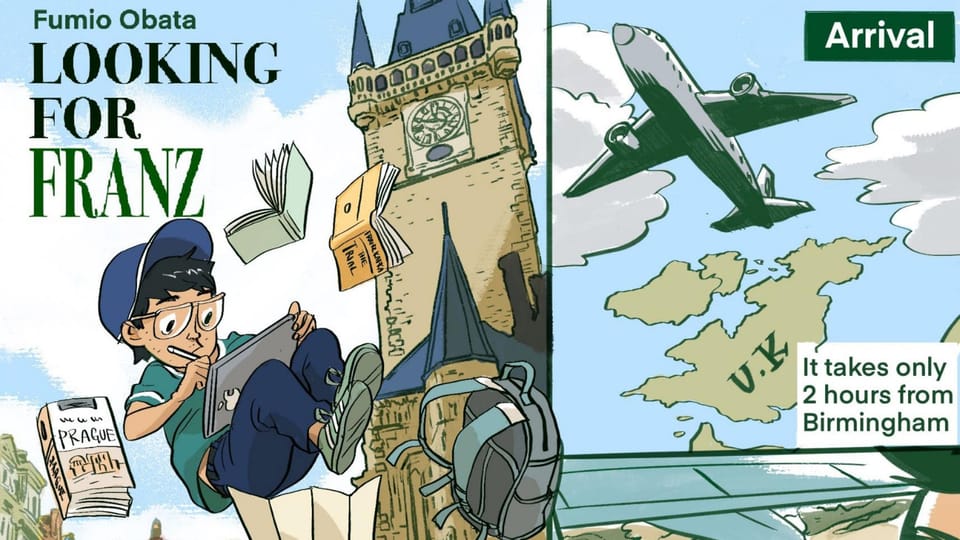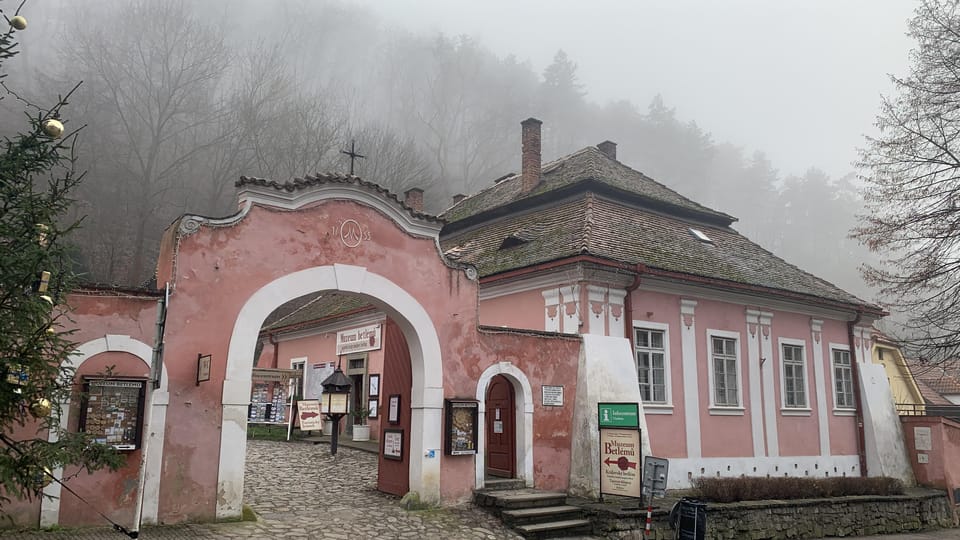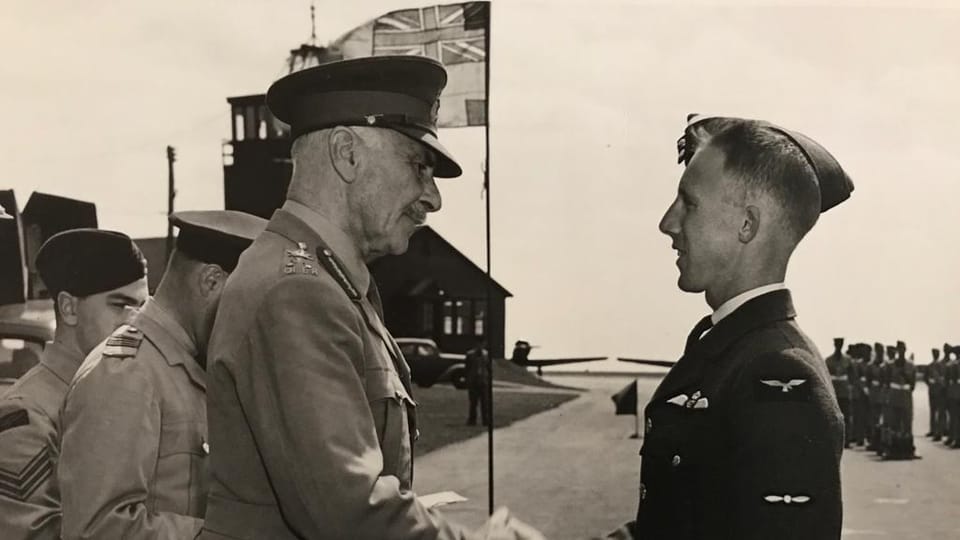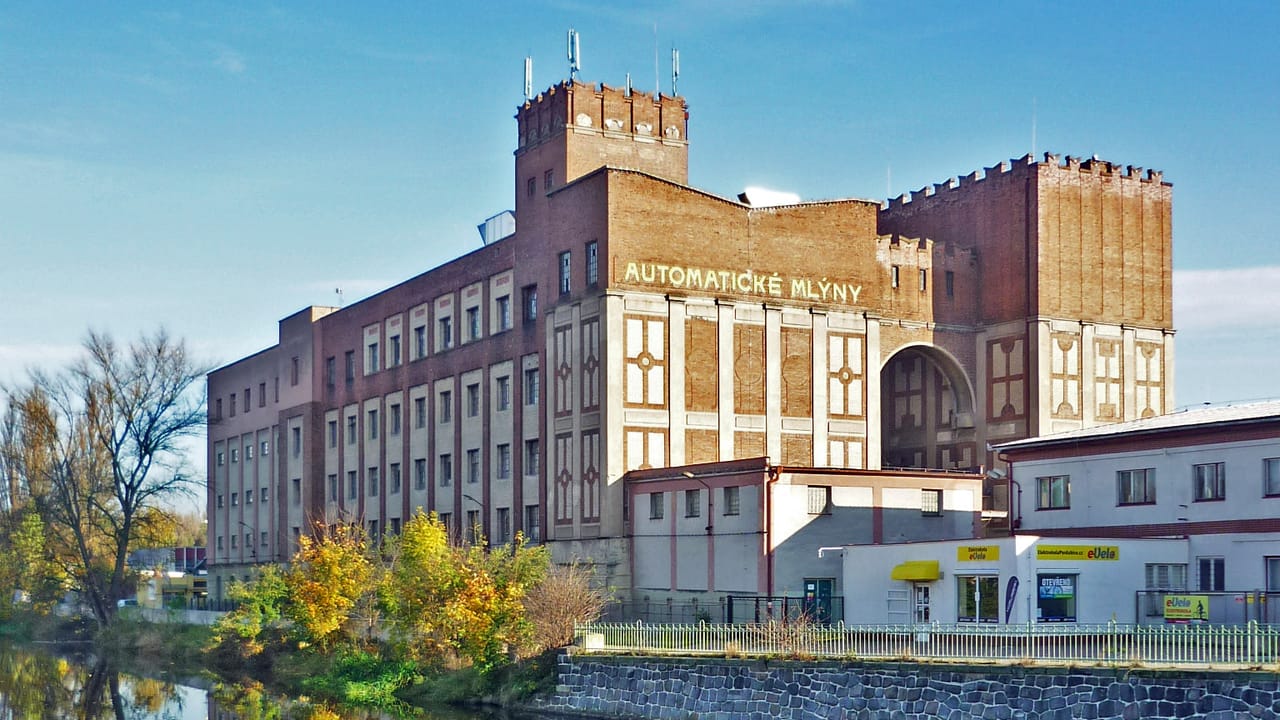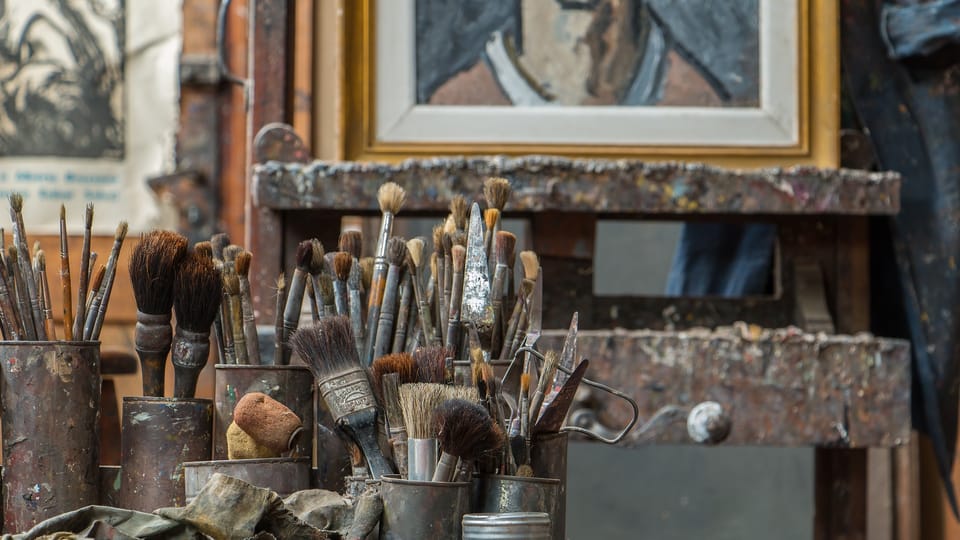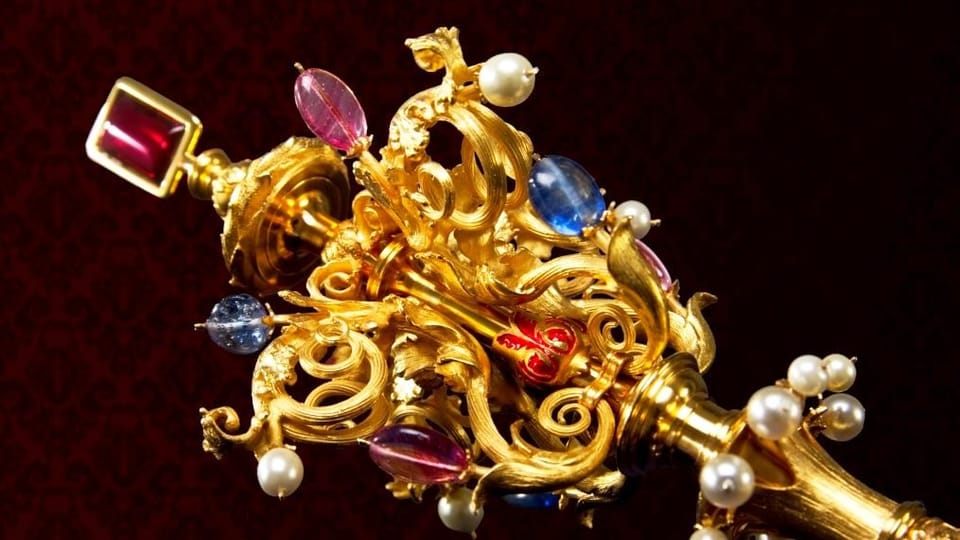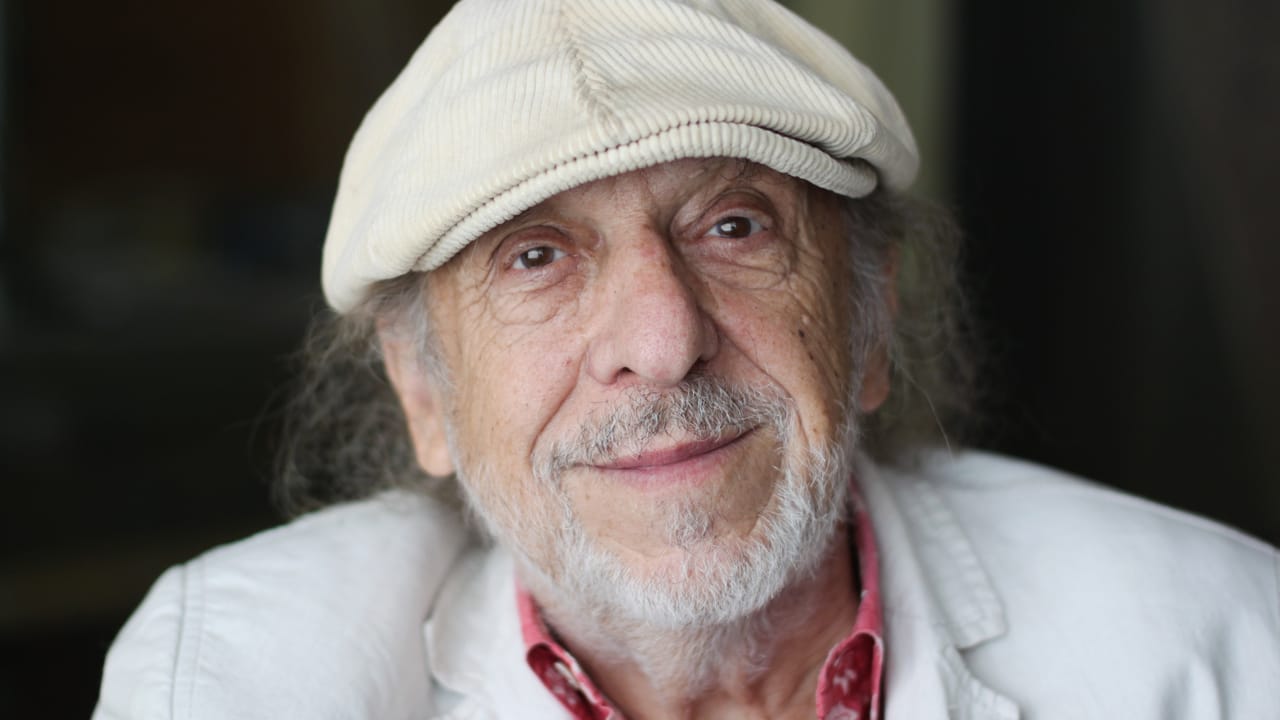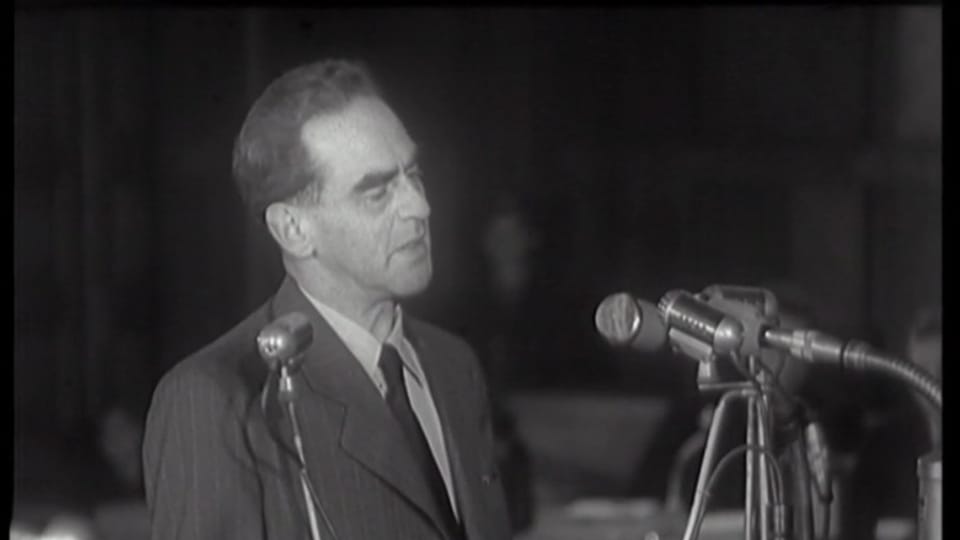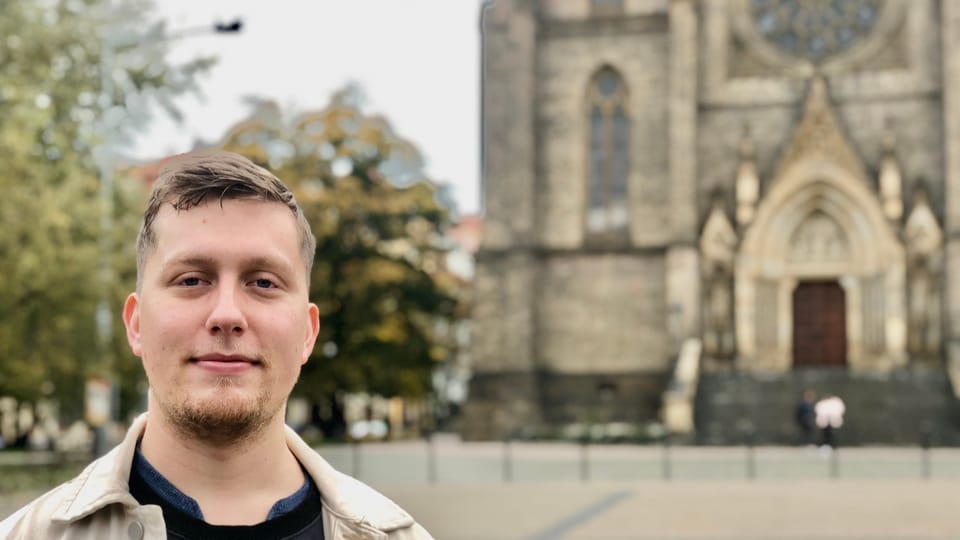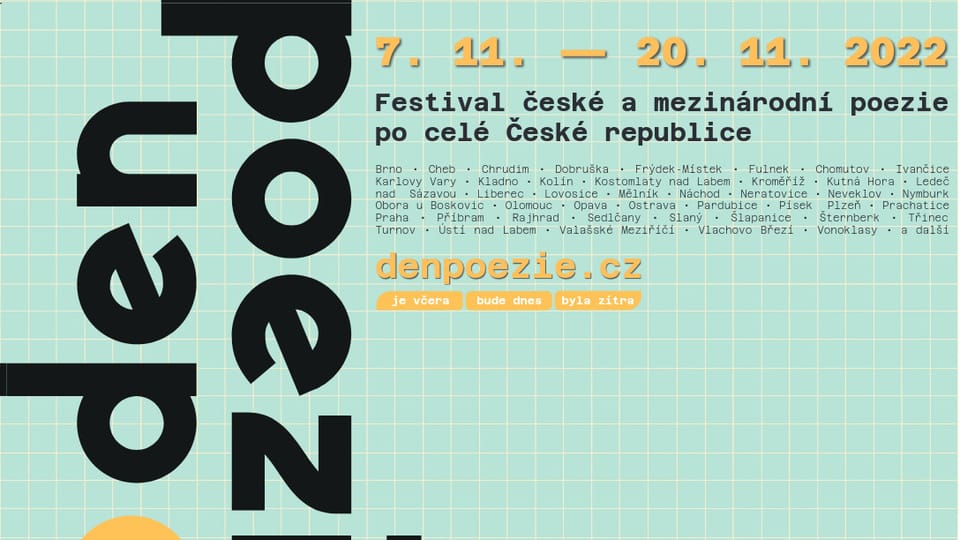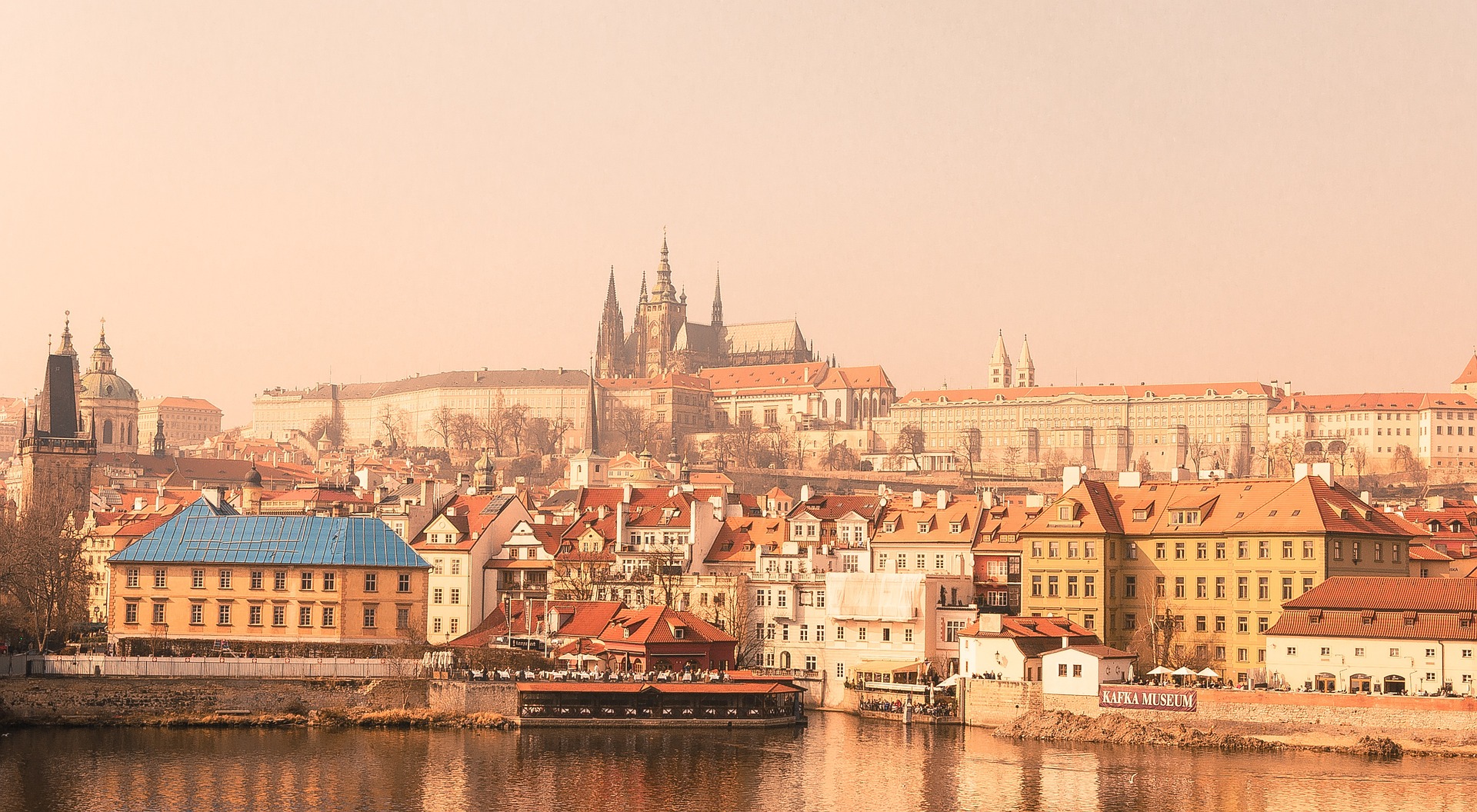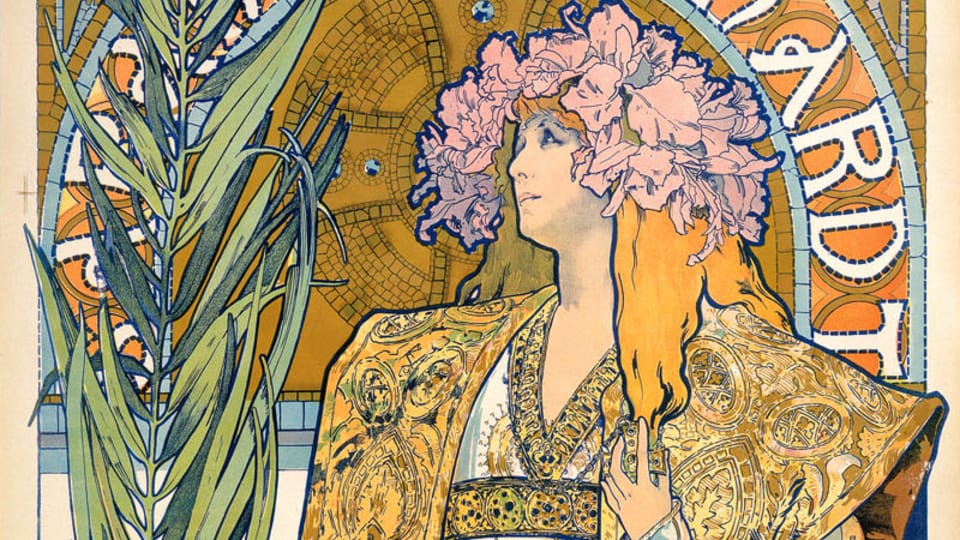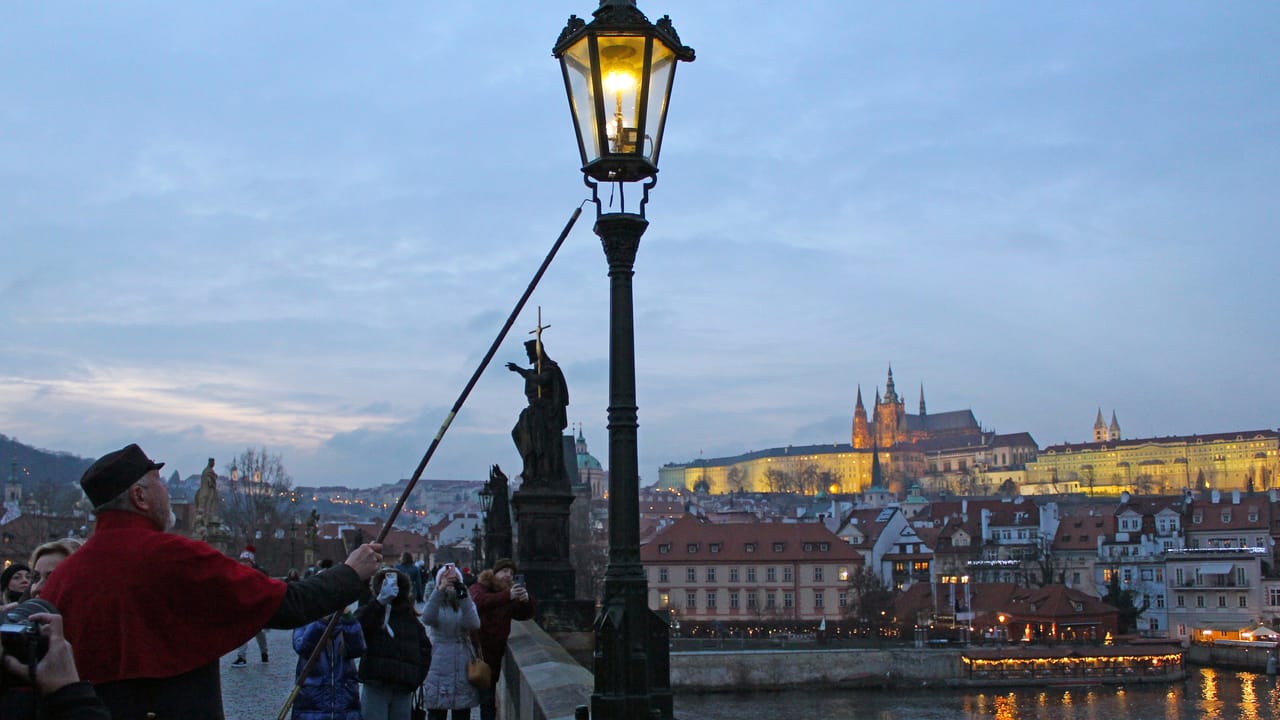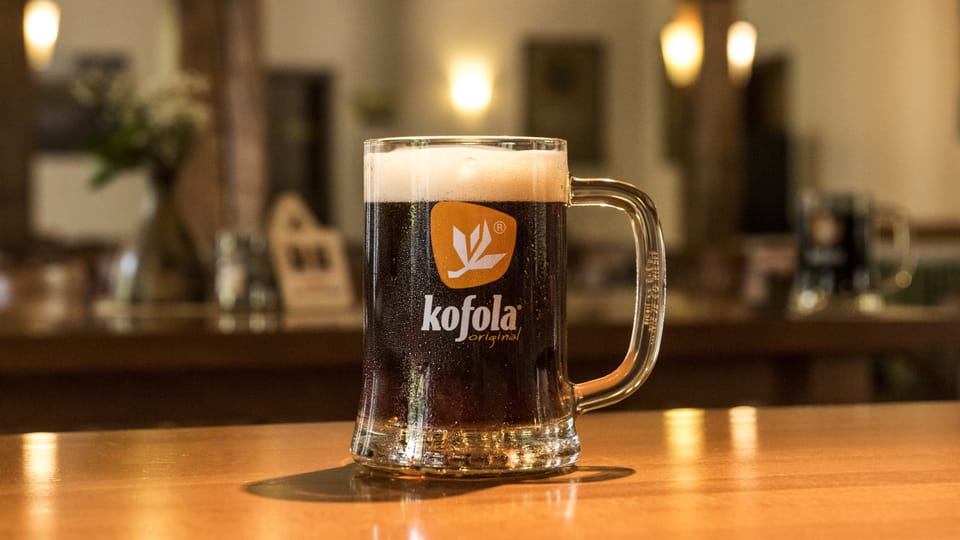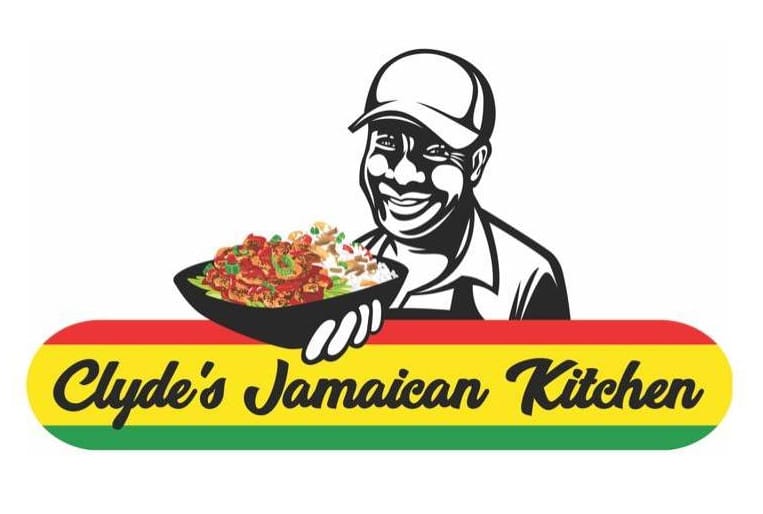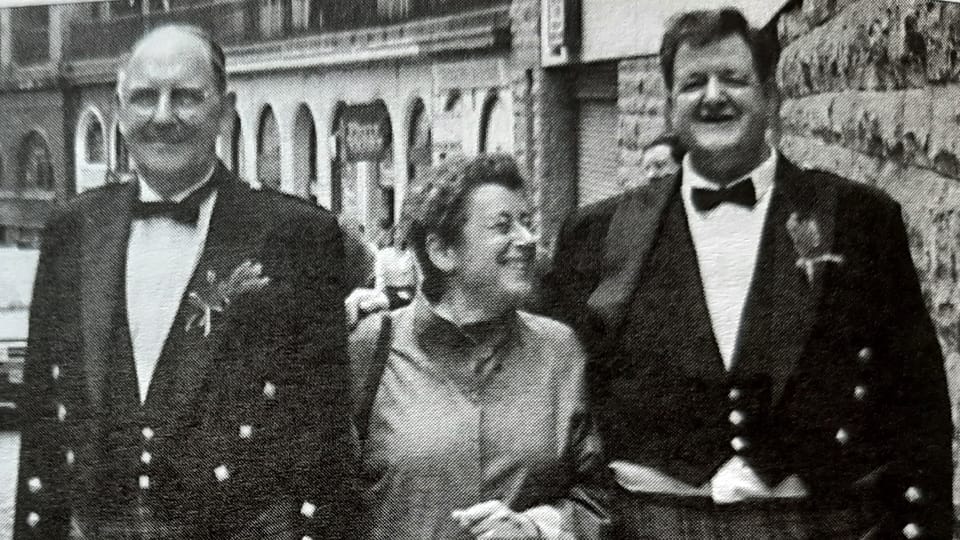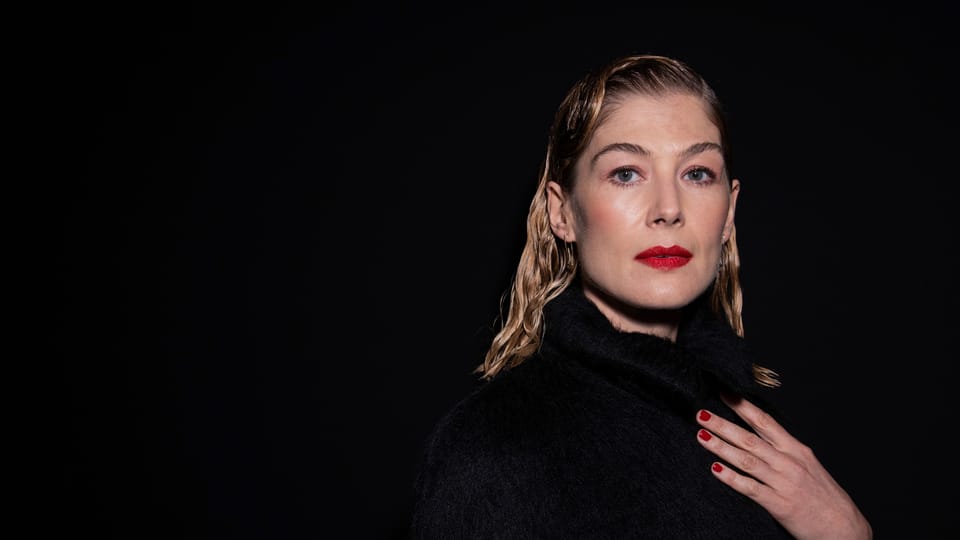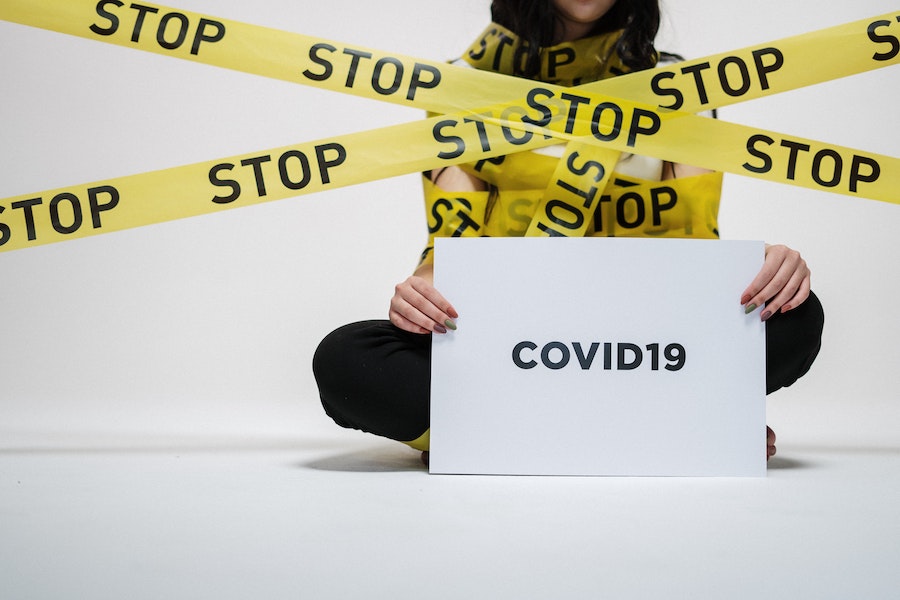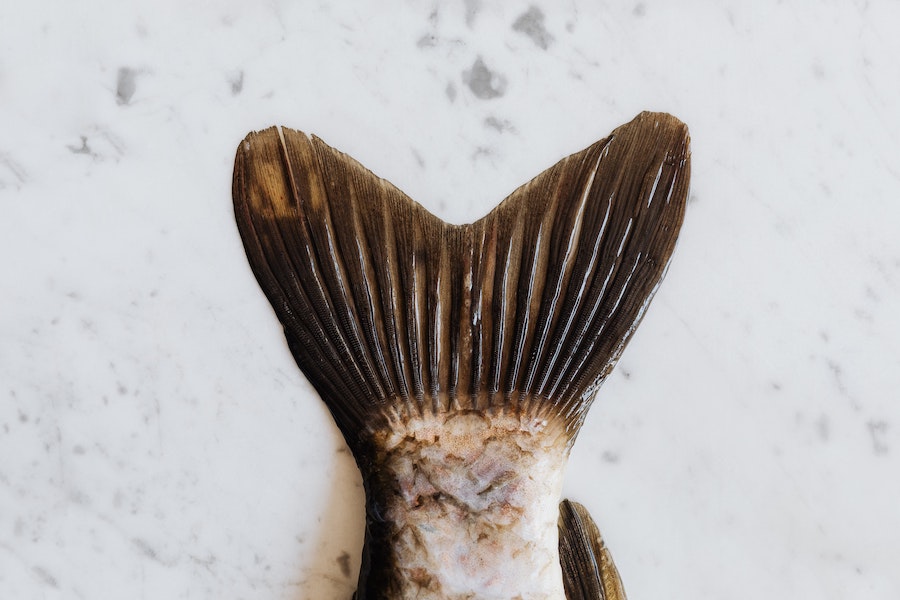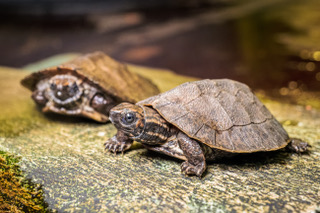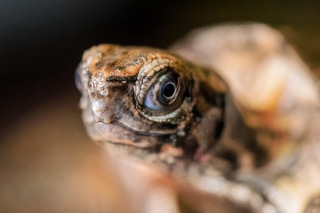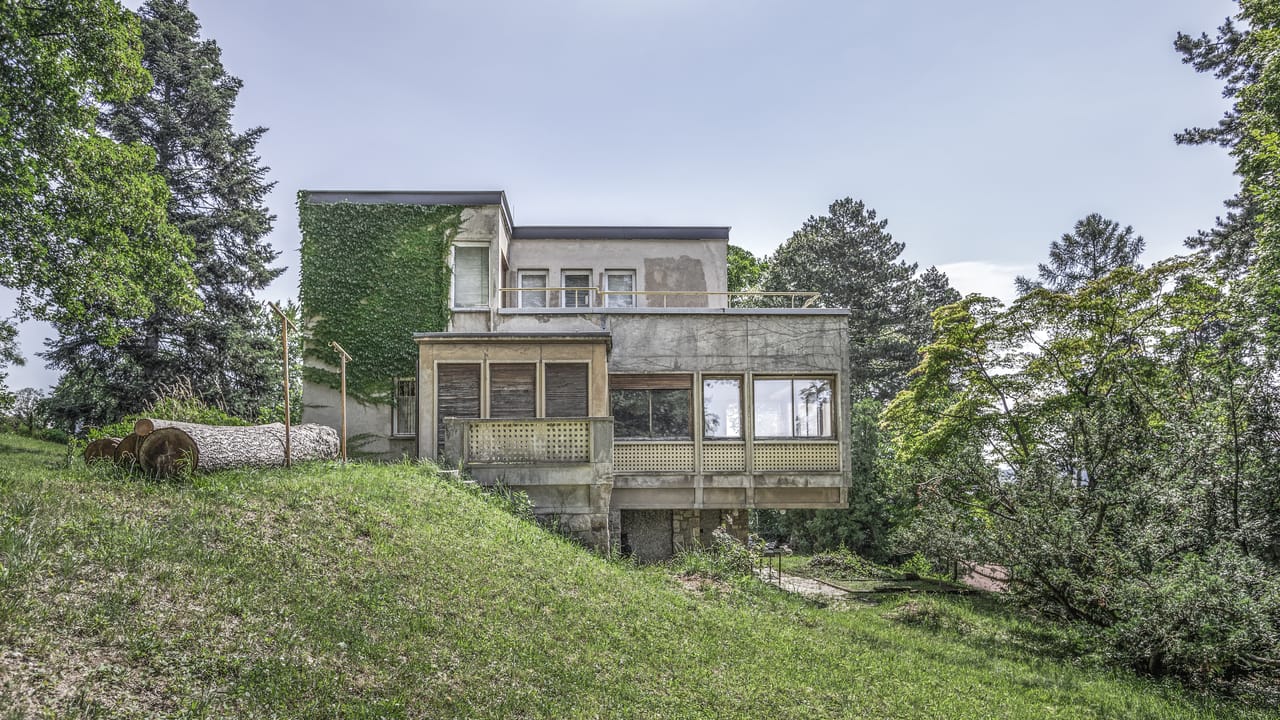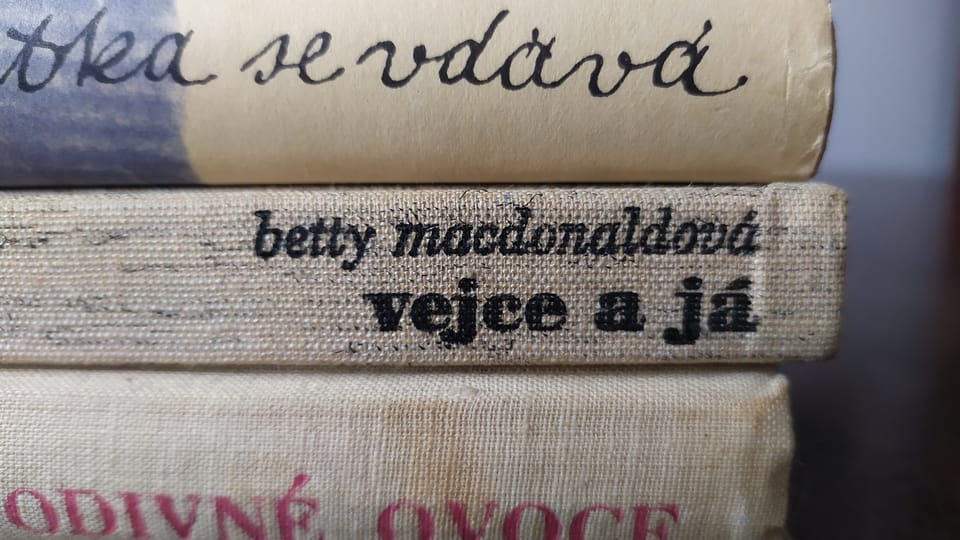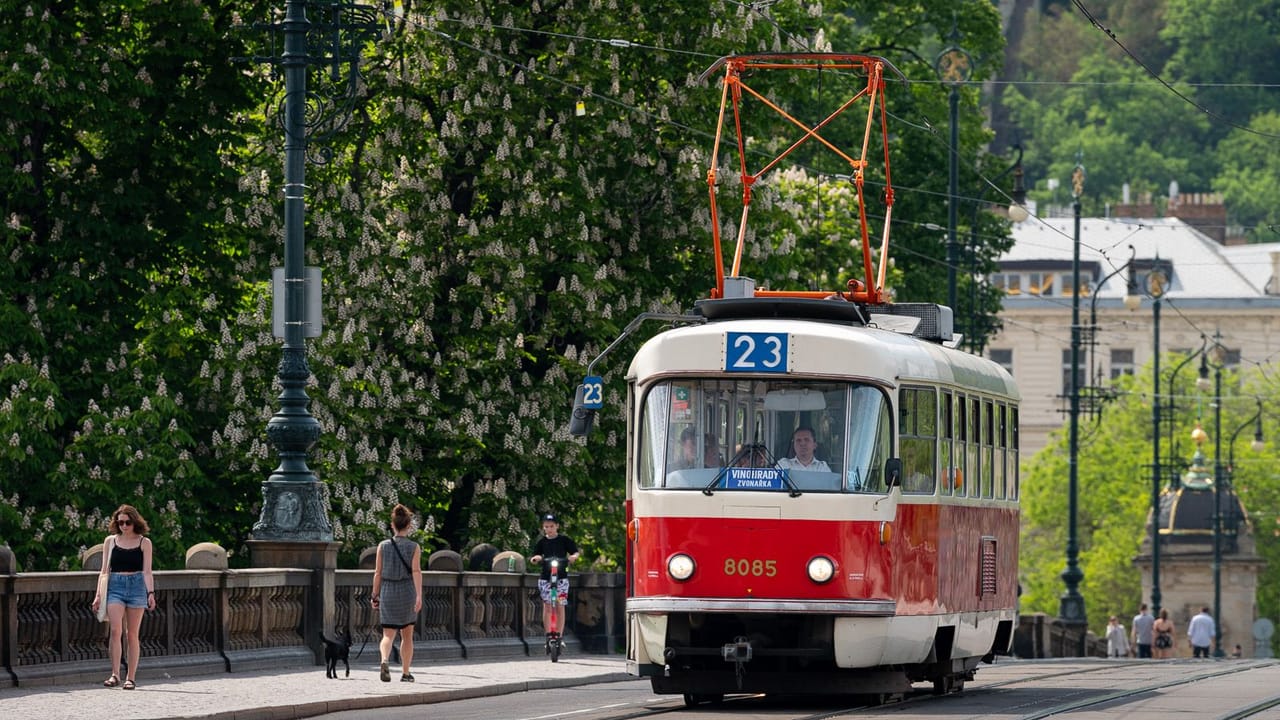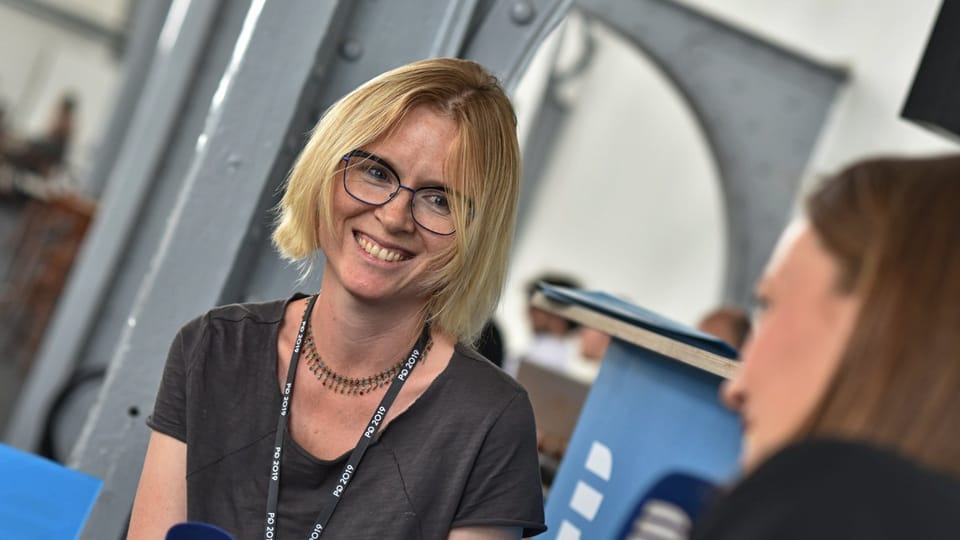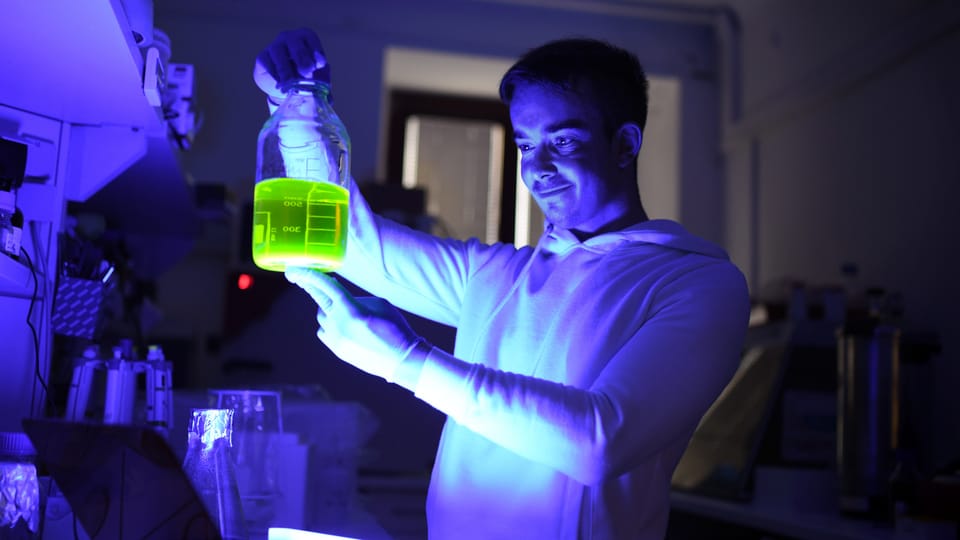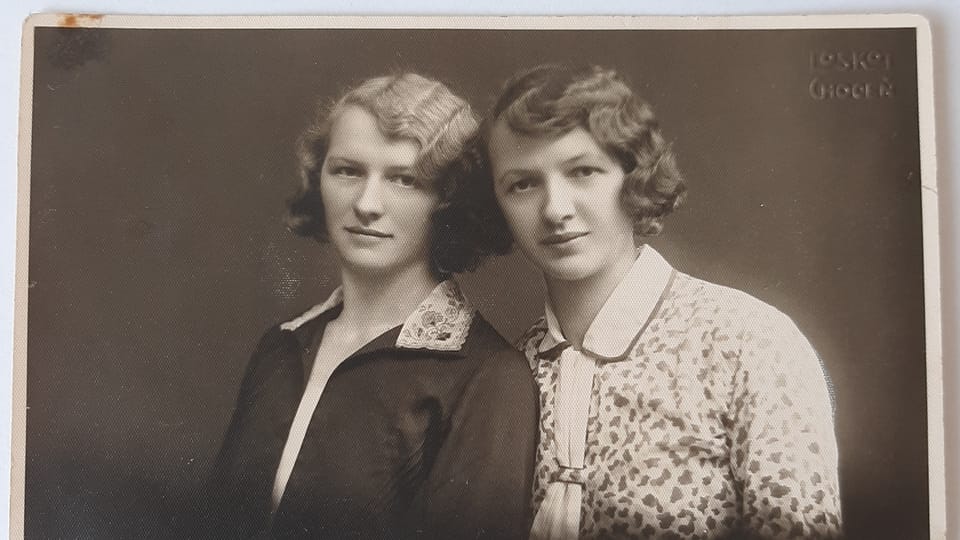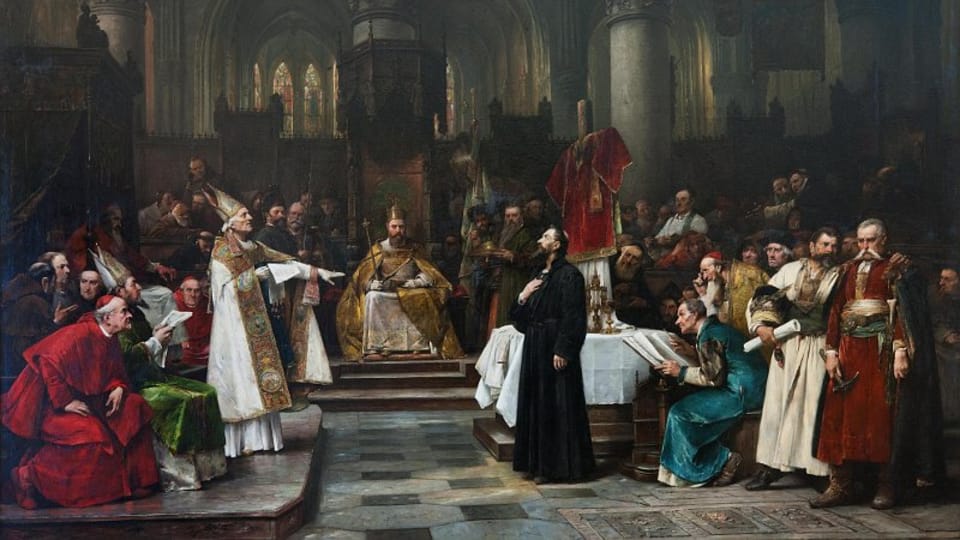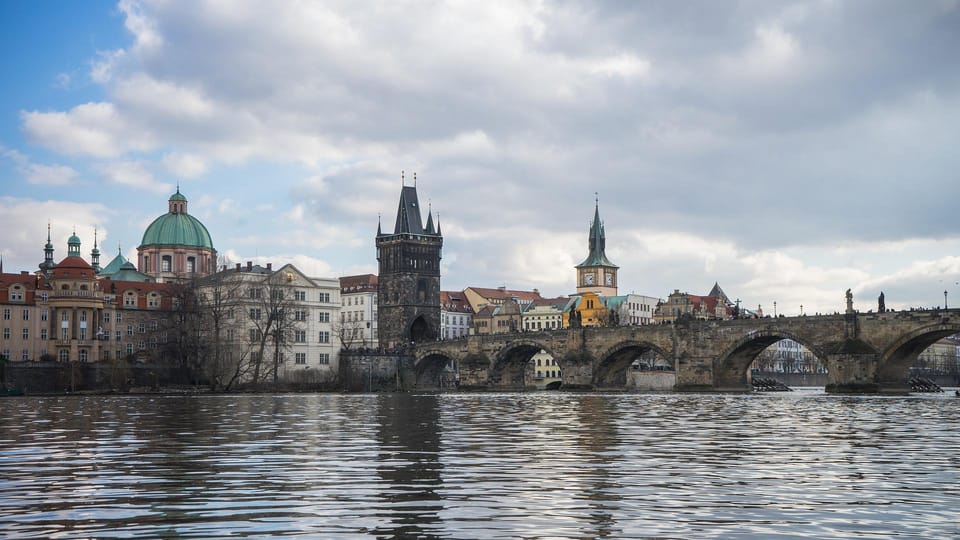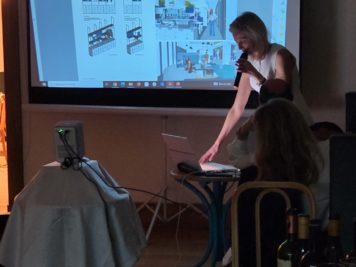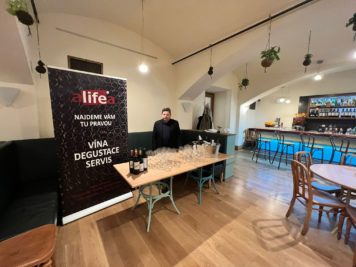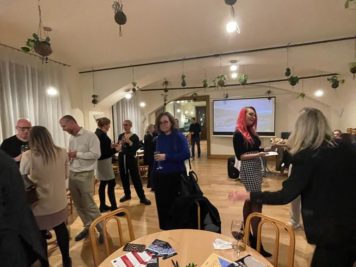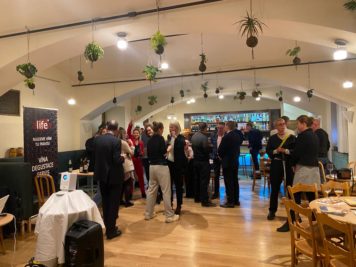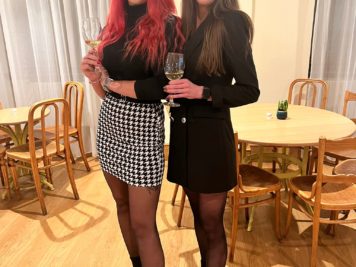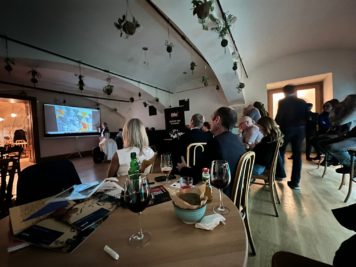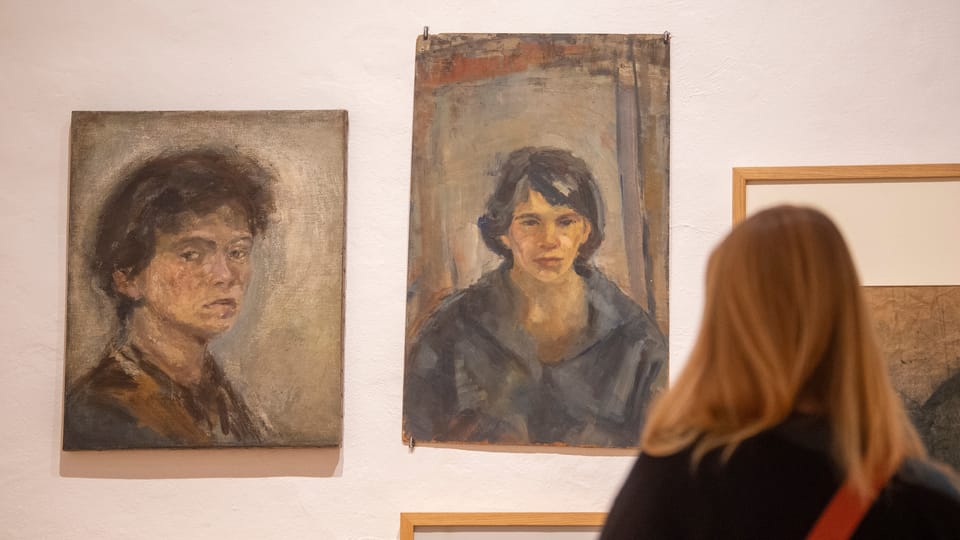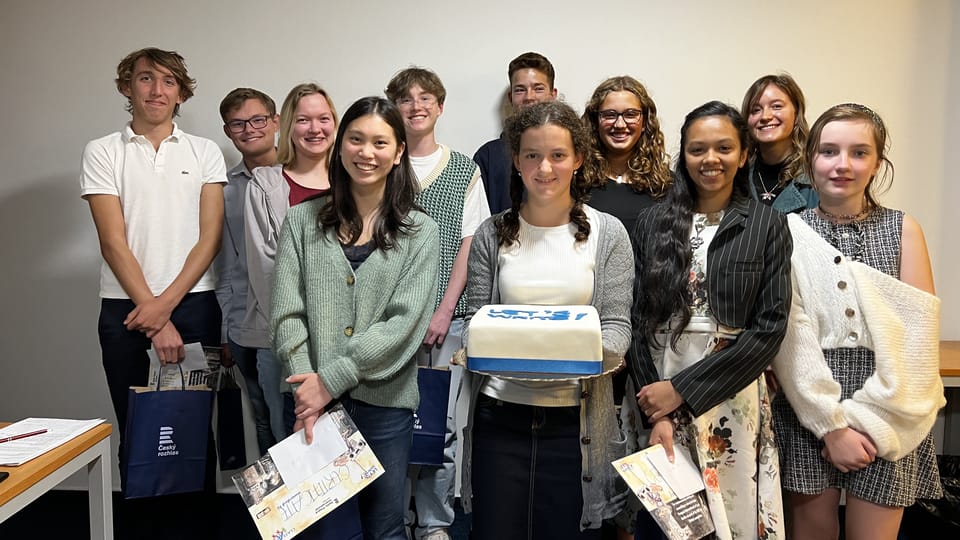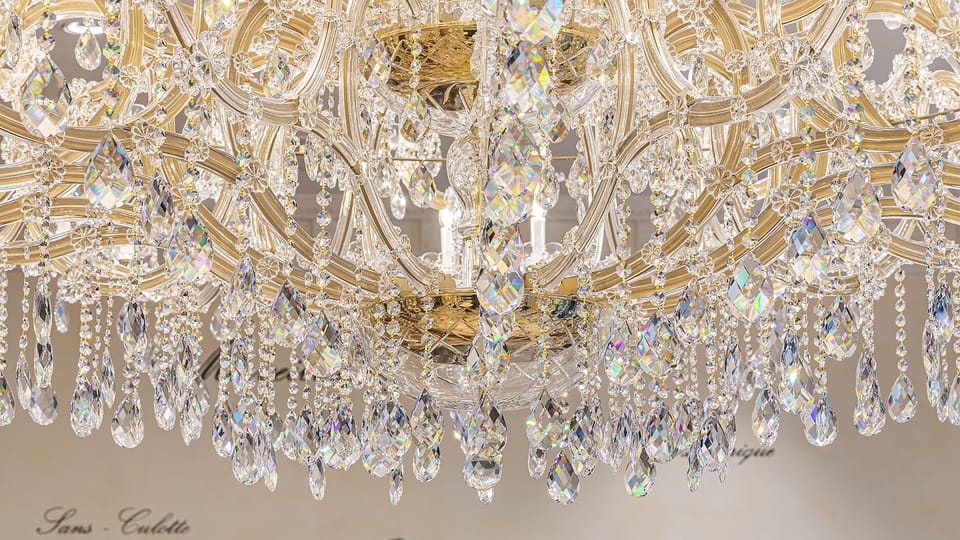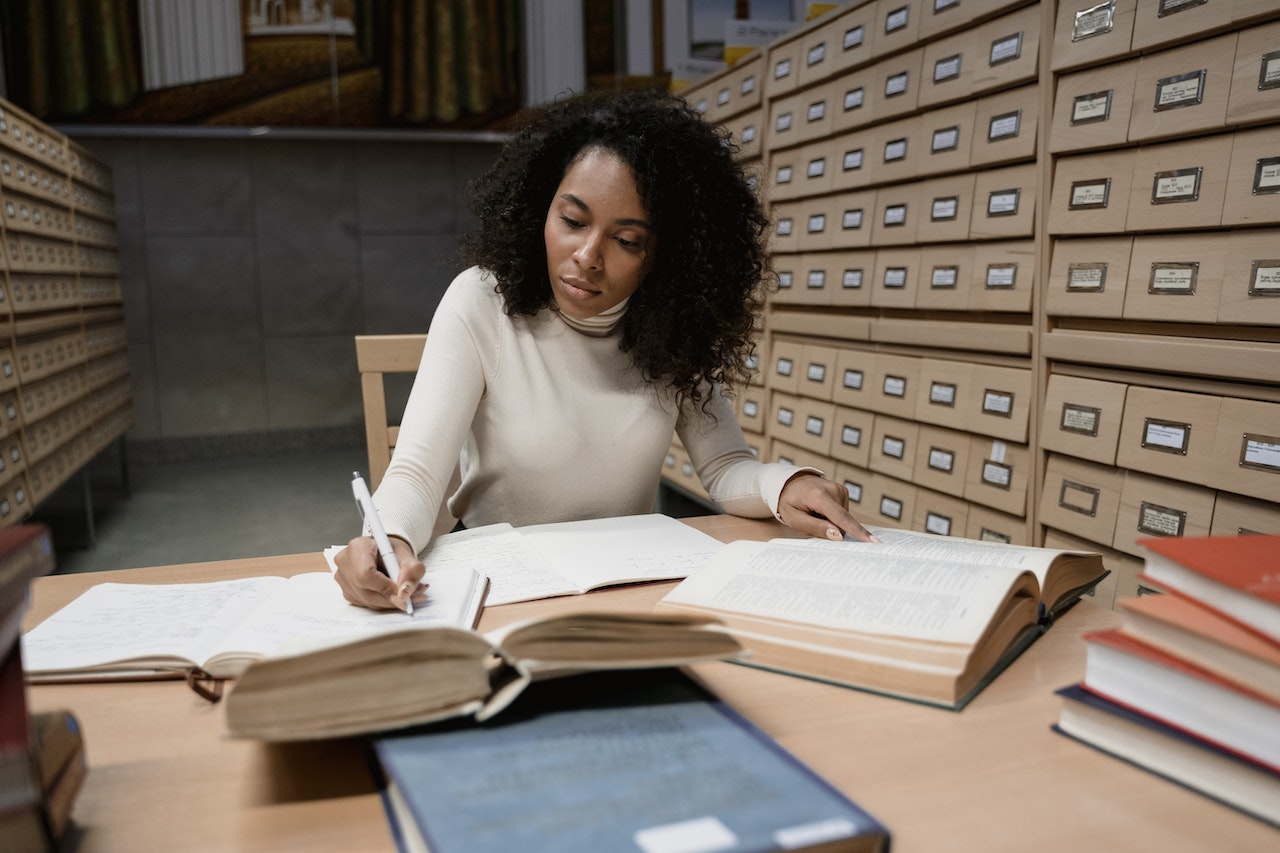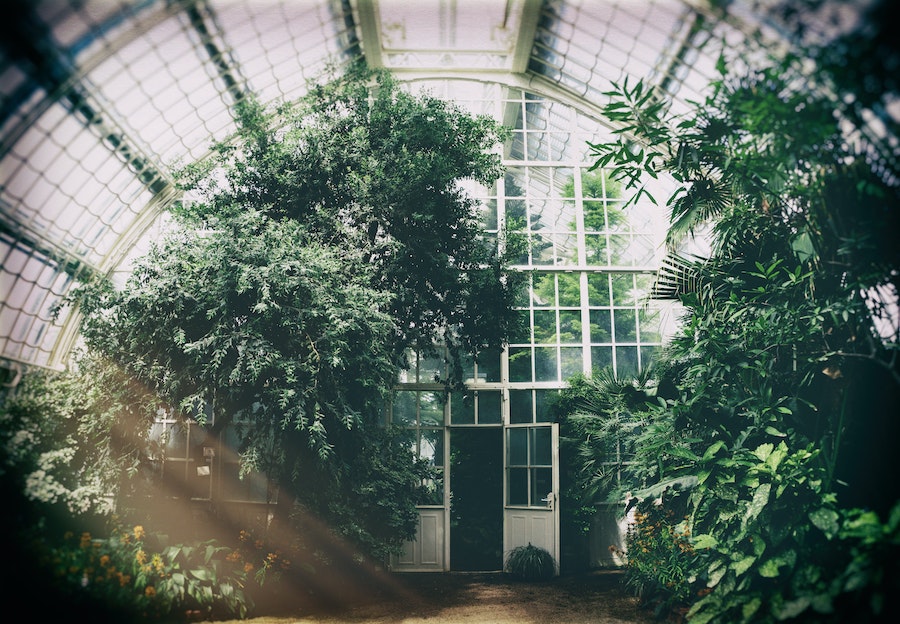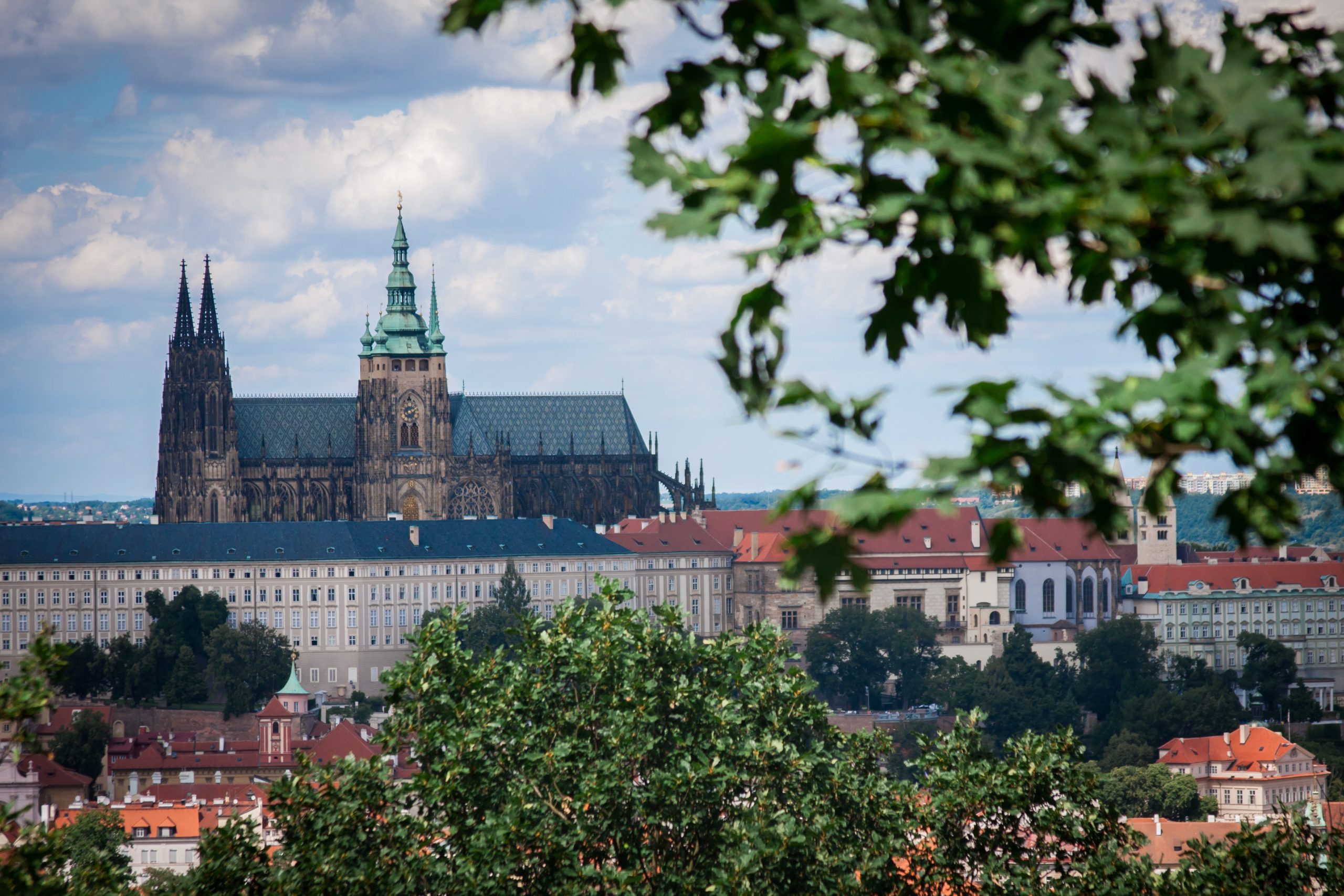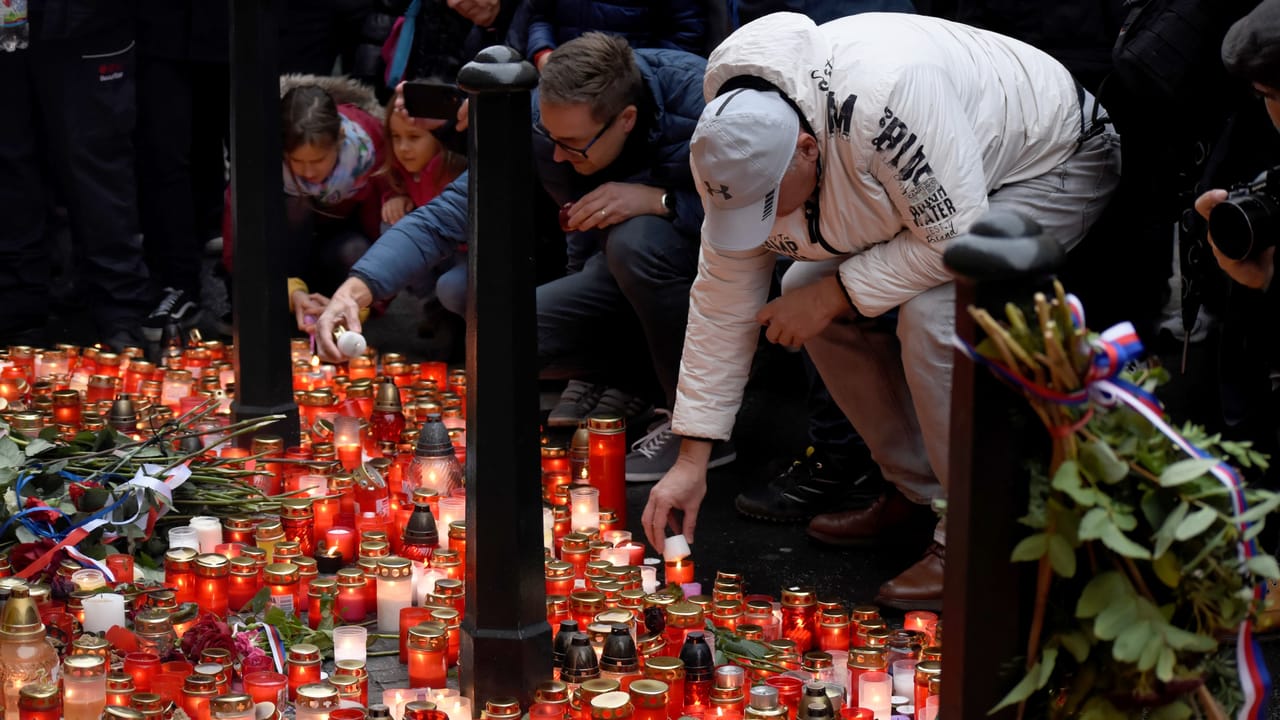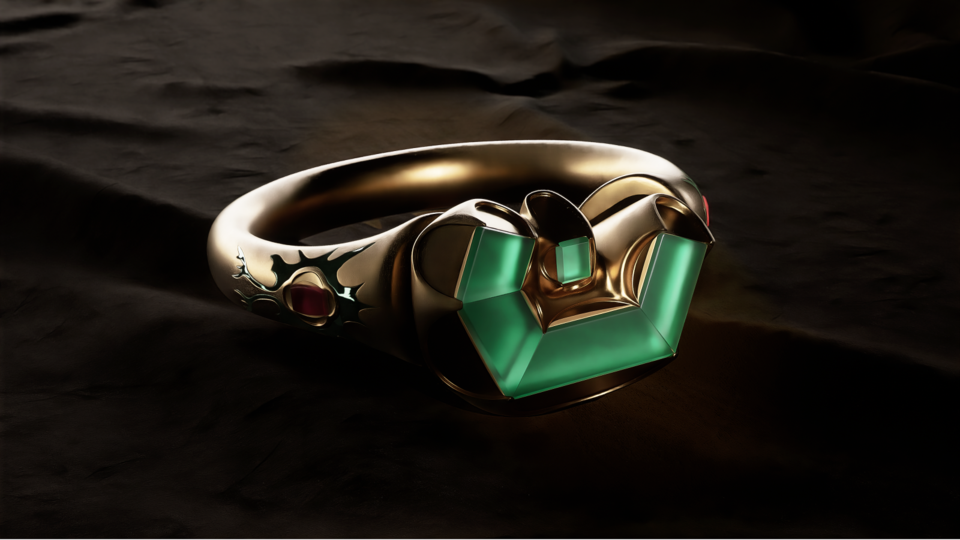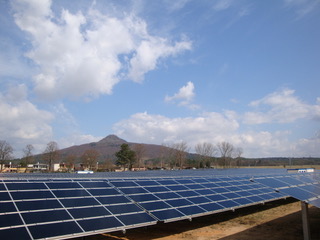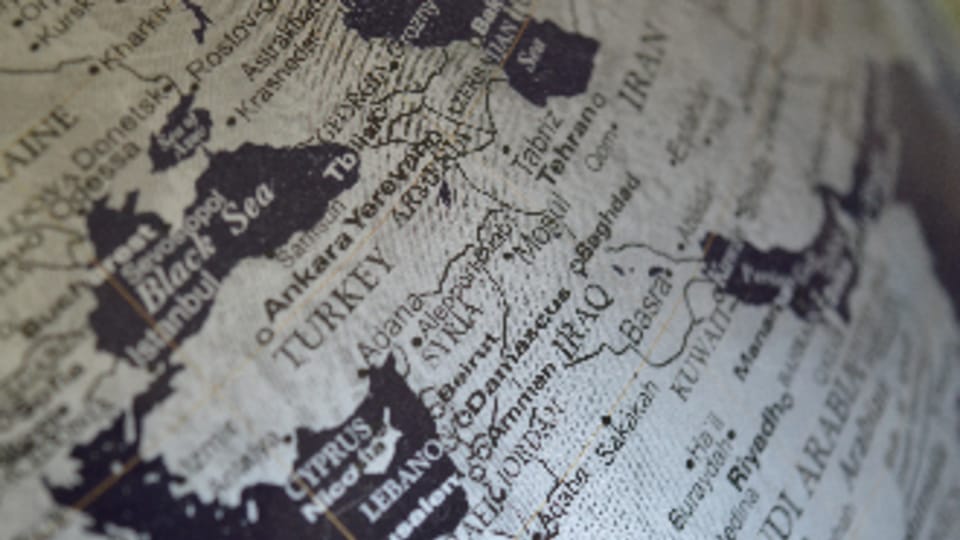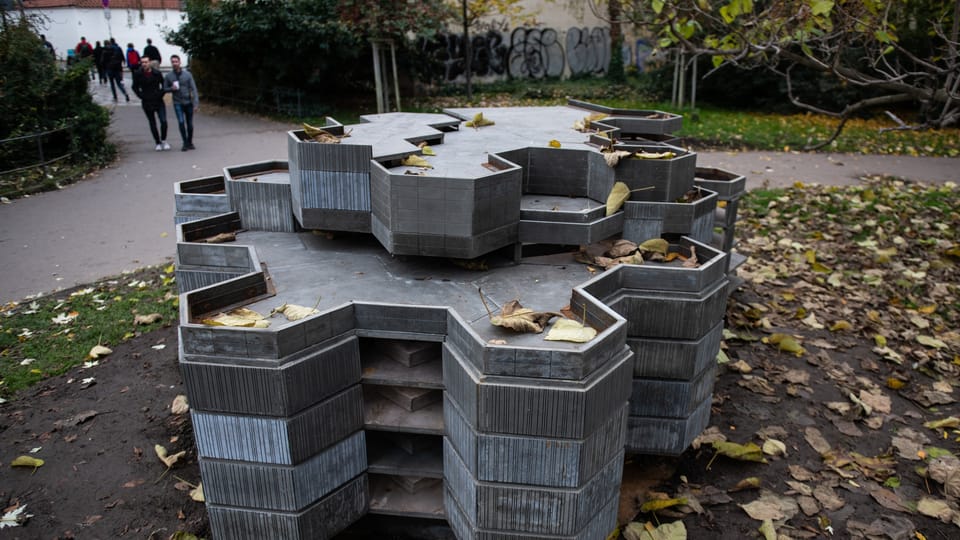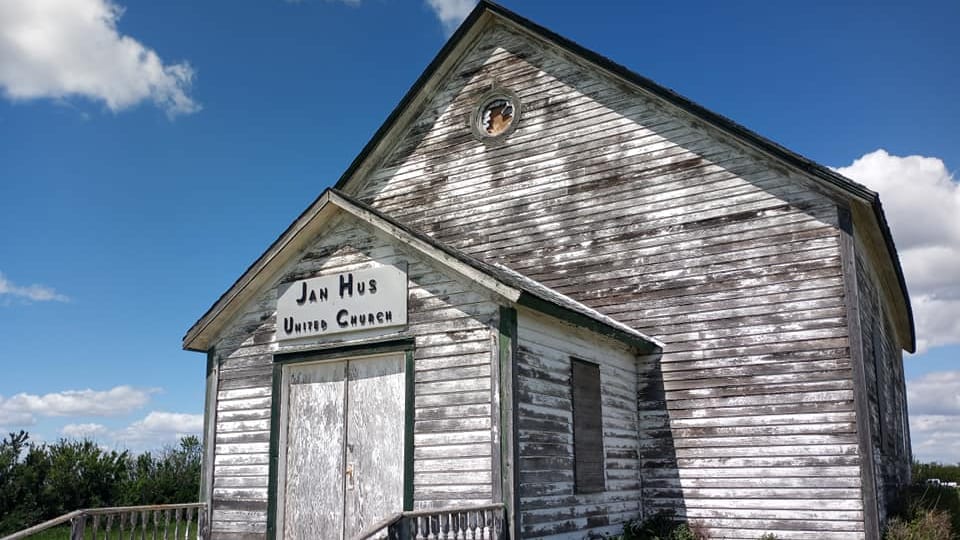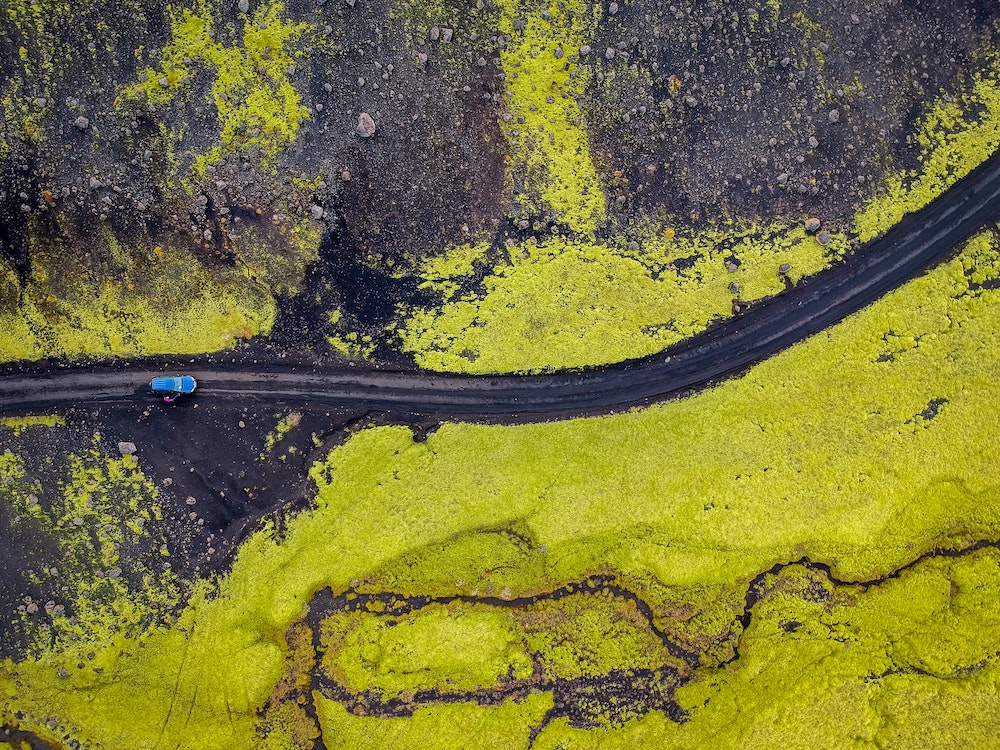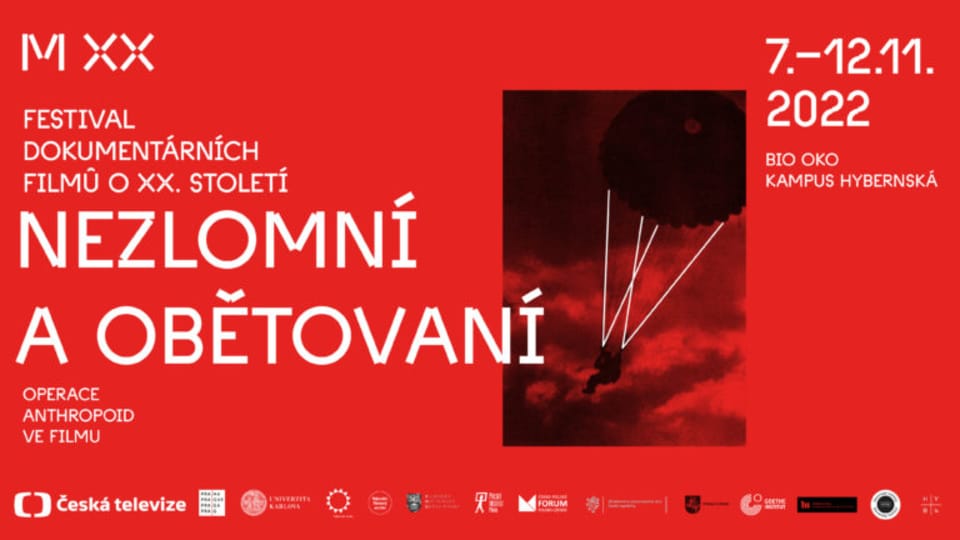
The recent case of Twitter shows us that we should work to create alternative futures for the Internet because we need it to be resilient, trustworthy and sustainable. These alternative futures have one thing in common: they are based on technological communities. That means open standards, free and open software and hardware, and open data. These are the ideal ingredients for restoring the health of the Internet, because they empower individual users and the community to run their own Internet services, rather than elevating one business entity to a dominant overarching entity.
In recent weeks we have seen many news reports about the well-known messaging service Twitter after a change of ownership and subsequent actions taken under its new management. Some sources like Forbes even go as far as to call it a “great exodus”, and major civil rights organisations, including the NAACP and the Anti-Defamation League, even called for a boycott.
Of course, Twitter is not an isolated case. The original decentralised vision behind the internet and the web has suffered from large-scale industry consolidation. That is why the Next Generation Internet (NGI) Initiative has been working towards alternative futures for the internet to create a resilient, trustworthy and sustainable internet. These alternate futures have one thing in common: they are based on technology commons. Which means open standards, free and open source software and hardware, and open data. These are ideal ingredients for restoring health to the internet because they empower the individual users and the community to operate their own internet services rather than elevate a single business entity into a dominant superposition.
ActivityPub and Fediverse
A key ingredient in the ‘social’ space is a standard called W3C ActivityPub, produced by the World Wide Web Consortium. ActivityPub allows one to have one’s own presence on the so-called Fediverse and actually to own your presence as a user – you can set up under your own internet domain, determine your own policies and community rules, establish your own privacy settings, and use the same account everywhere to interact with others.
One of the best-known Fediverse projects is Mastodon. Mastodon has been making quite the global buzz: in a short time, Mastodon has gained over 500,000 new users, hitting over 1 million active users today. The number of independent servers for Mastodon has also doubled recently. Unlike traditional social media, Mastodon is not a single website or service. To use it, you choose an account with any provider implementing the ActivityPub protocol (or run this software yourself), which lets you connect with the whole ecosystem on your own terms. Users can post text (500 characters limit), images, links and videos and their “Toots” are published strictly in chronological order (there is no algorithm ranking the “Toots”) without advertising.
Making the internet again a decentralised infrastructure
The European Digital Decade target for 2030 aims to empower businesses and people in a human-centred, sustainable and more prosperous digital future; decisions to support digital commons become relevant to preserve the original vision of the internet as non-monopolistic and non-privatised.
By offering citizens an alternative to the major commercial players, ActivityPub delivers the conceptual building blocks for cross-cutting cooperation. It also opens the door to widespread adoption of the Fediverse – making the internet again a decentralised infrastructure that can accommodate diversity, forming a free and more democratic alternative to today’s situation.
NGI supports many different Fediverse tools like Mastodon, PeerTube, Pixelfed, GoToSocial, Lemmy, and Owncast – each of which caters for its own use cases. The power of the Fediverse lies in its diversity: Mastodon instances are websites, and so are servers serving up PeerTube, PixelFed, etc. From the user side, the Fediverse can be seen as “just another class of web pages”. PixelFed is more photo-sharing oriented (like Instagram). Lemmy is a great alternative to Reddit. And Owncast allows for live streaming, just like Twitch. Each of these is already valuable by itself. Together, they offer a realistic alternative for users looking to move away from large corporation online social networks.
Besides more general purpose ActivityPub tools like GoToSocial, Bonfire, GNU Social, Mastodon and #Seppo, here are some of the more specialised efforts that received financial support from NGI programmes. For example Castopod, Corteza, Funkwhale, Inventaire etc.
Over 700 funded innovators reinventing the internet
NGI will keep nurturing diversity and decentralisation of the internet infrastructure. We see the potential for a sustainably open environment for our societies and economies, celebrating our values, promoting creativity, and achieving the next generation of the internet that is reliable, secure and energy efficient. Discover NGI solutions to see over 700 funded innovators re-inventing the internet to reach the full human potential for all generations.
The Next Generation Internet dialogues with citizens and constituency directly through the established EU Mastodon, becoming part of the Fediverse – the largest alternative to central platforms – based on federated, open source and standardised technology.
If you are involved with a project contributing to the further development of ActivityPub and Fediverse tools, we encourage you to apply to one of our NGI Open Calls – let us help you make a better internet. We look forward to your ideas and energy.
————————————–
About Next Generation Internet (NGI)
Next Generation Internet is an initiative of the European Commission, which aims to shape the Internet for the future as a powerful, user-centric (Internet of Humans) ecosystem that meets the fundamental needs of the population.
The NGI programme is supporting solutions in the fields of the Declaration on the Future of the Internet and it funds the best research and innovation projects in the field of the Internet, ultimately addressing the need for a more fair, safe, resilient, sustainable, human-centred and decentralized internet. Equity, Diversity and Inclusion are the backbones of this envisioned future.
So far the NGI has funded more than 700 innovators with inclusive and trust-based complementary technology building blocks including services, applications, decentralized ledger technologies such as blockchain, data portability, AI, machine learning, networking, hardware and open source software.
Projects cover a broad range of subjects from private search, instant messaging and remote working tools with data privacy, health, energy, finance, supply chains, research, knowledge management and responsible media platforms.
Czech NGI-funded projects:
https://www.ngi.eu/discover-ngi-solutions/?country=1685
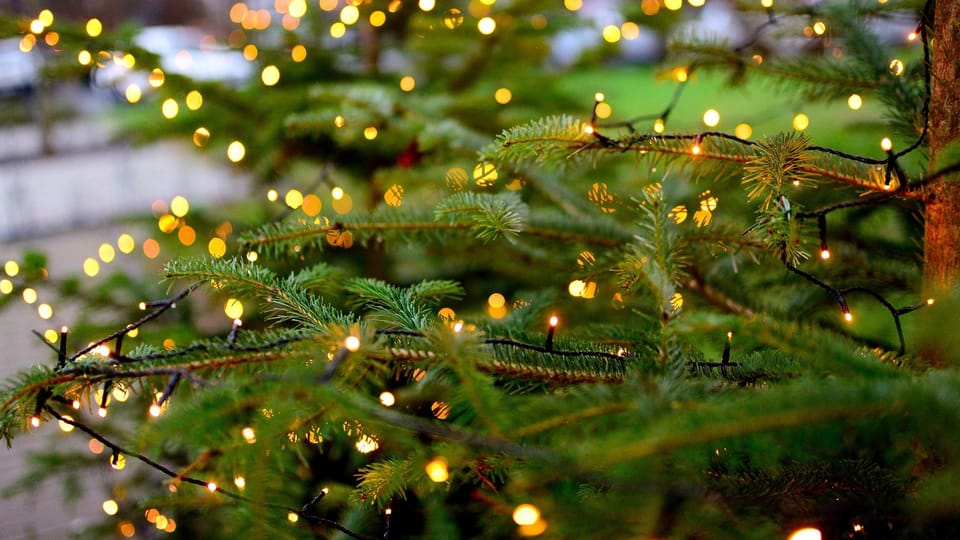






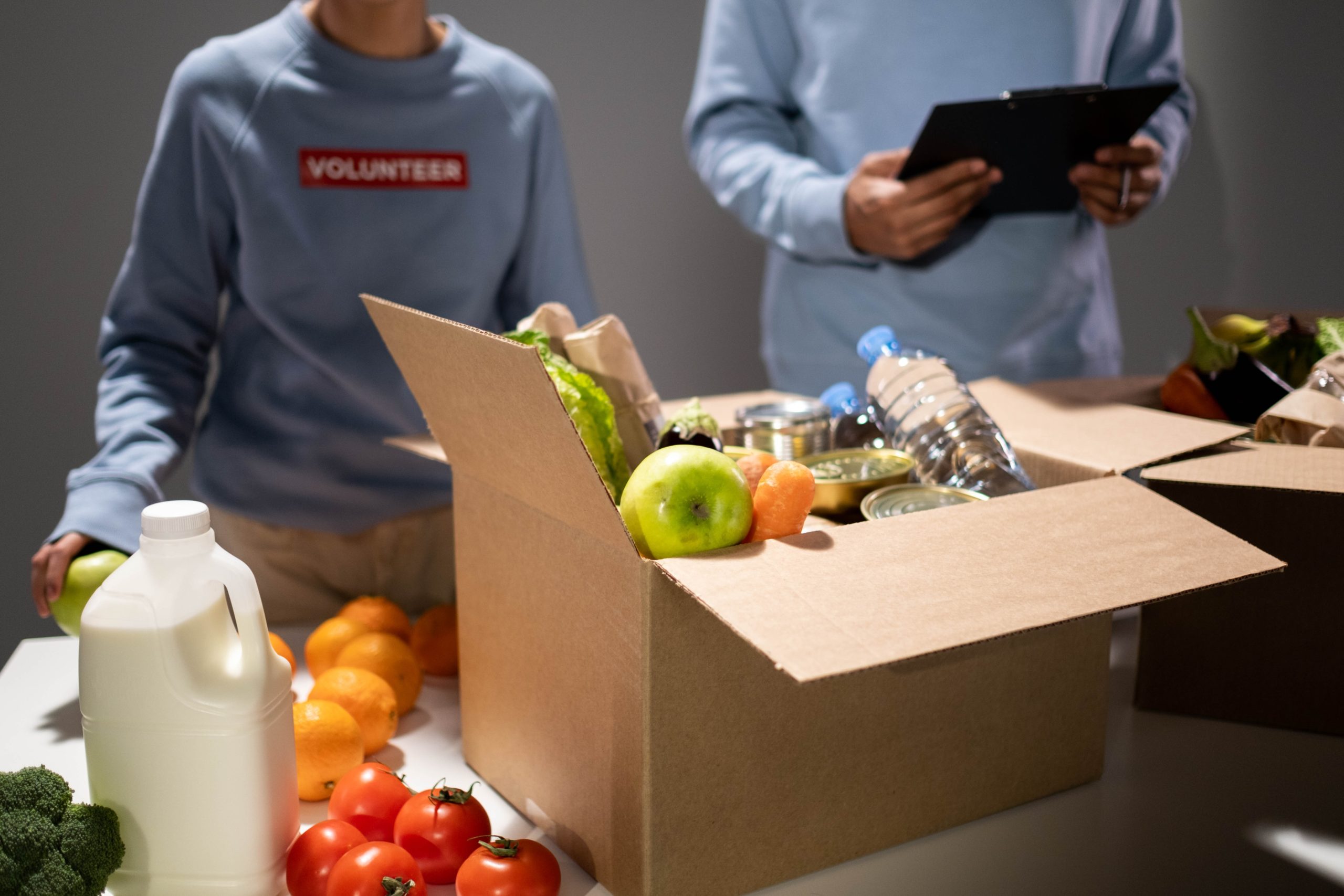
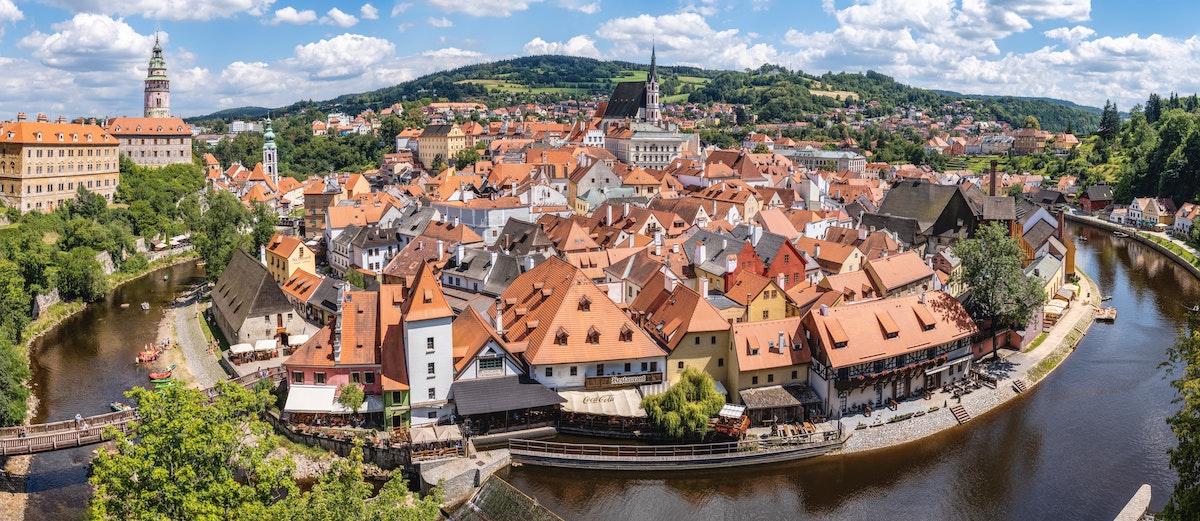 Český Krumlov, one of Czechia’s best preserved historic towns, is celebrating three decades since it was added to the UNESCO list of World Heritage Sites. The listing placed the town on the global tourist map with tens of millions of visitors having traveled there since.
Český Krumlov, one of Czechia’s best preserved historic towns, is celebrating three decades since it was added to the UNESCO list of World Heritage Sites. The listing placed the town on the global tourist map with tens of millions of visitors having traveled there since.